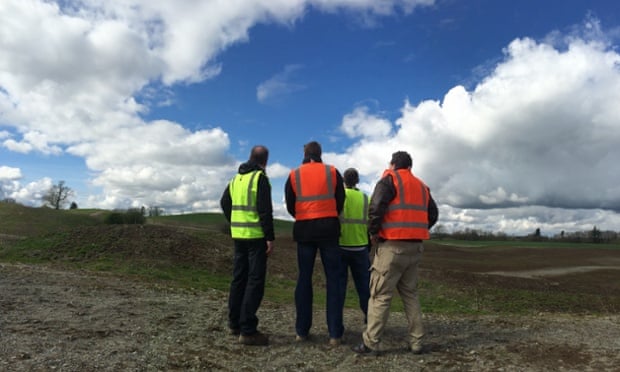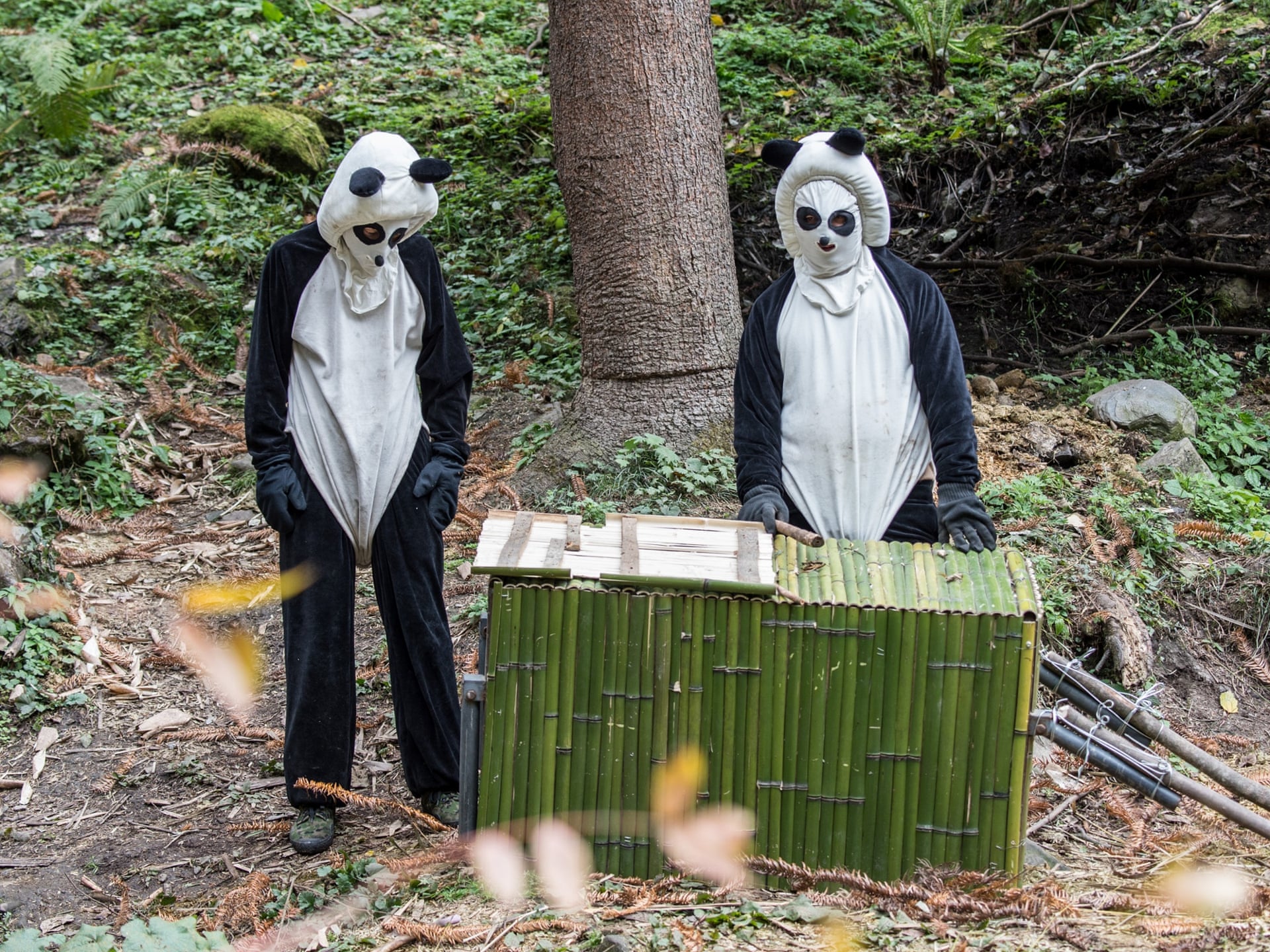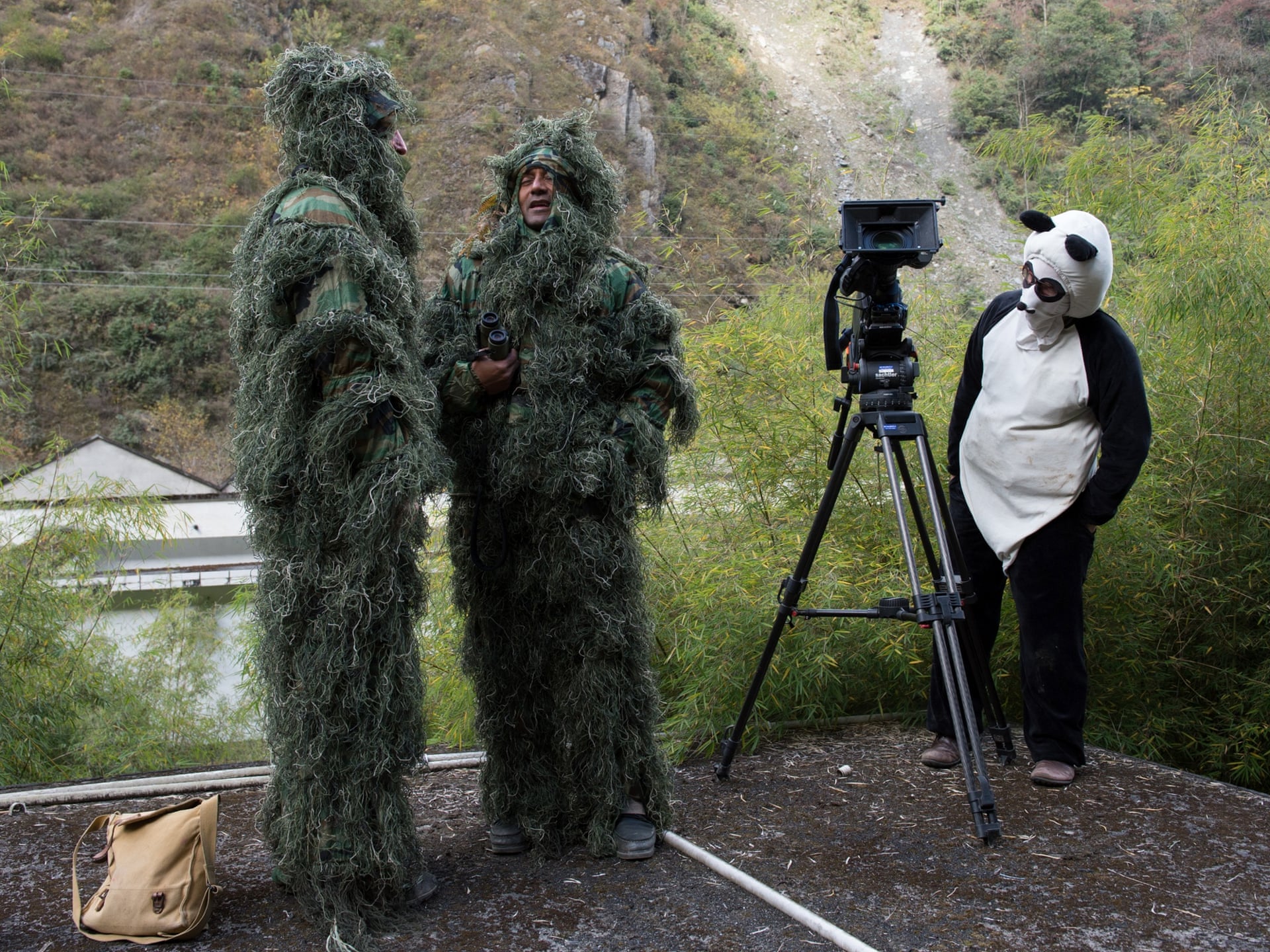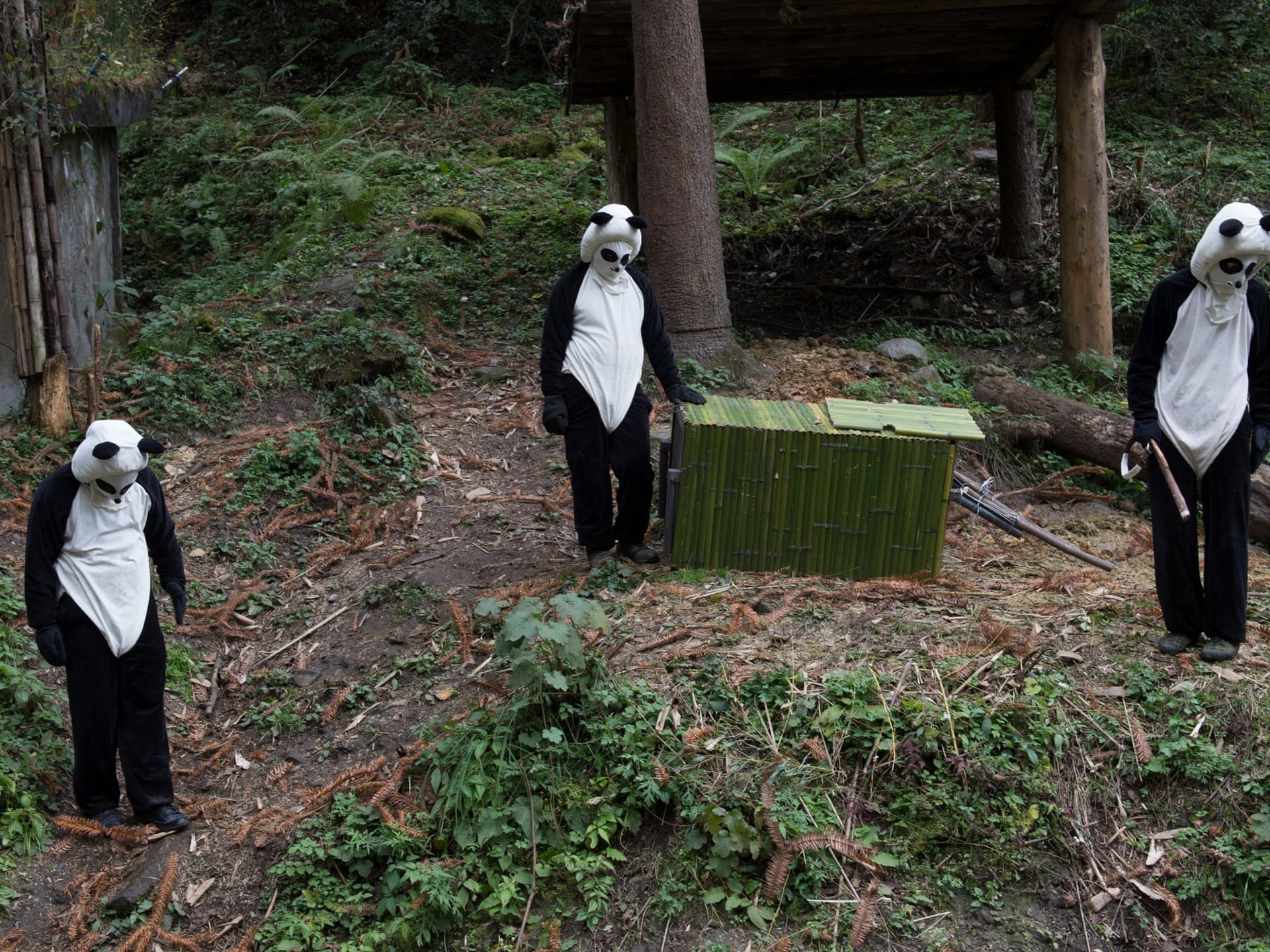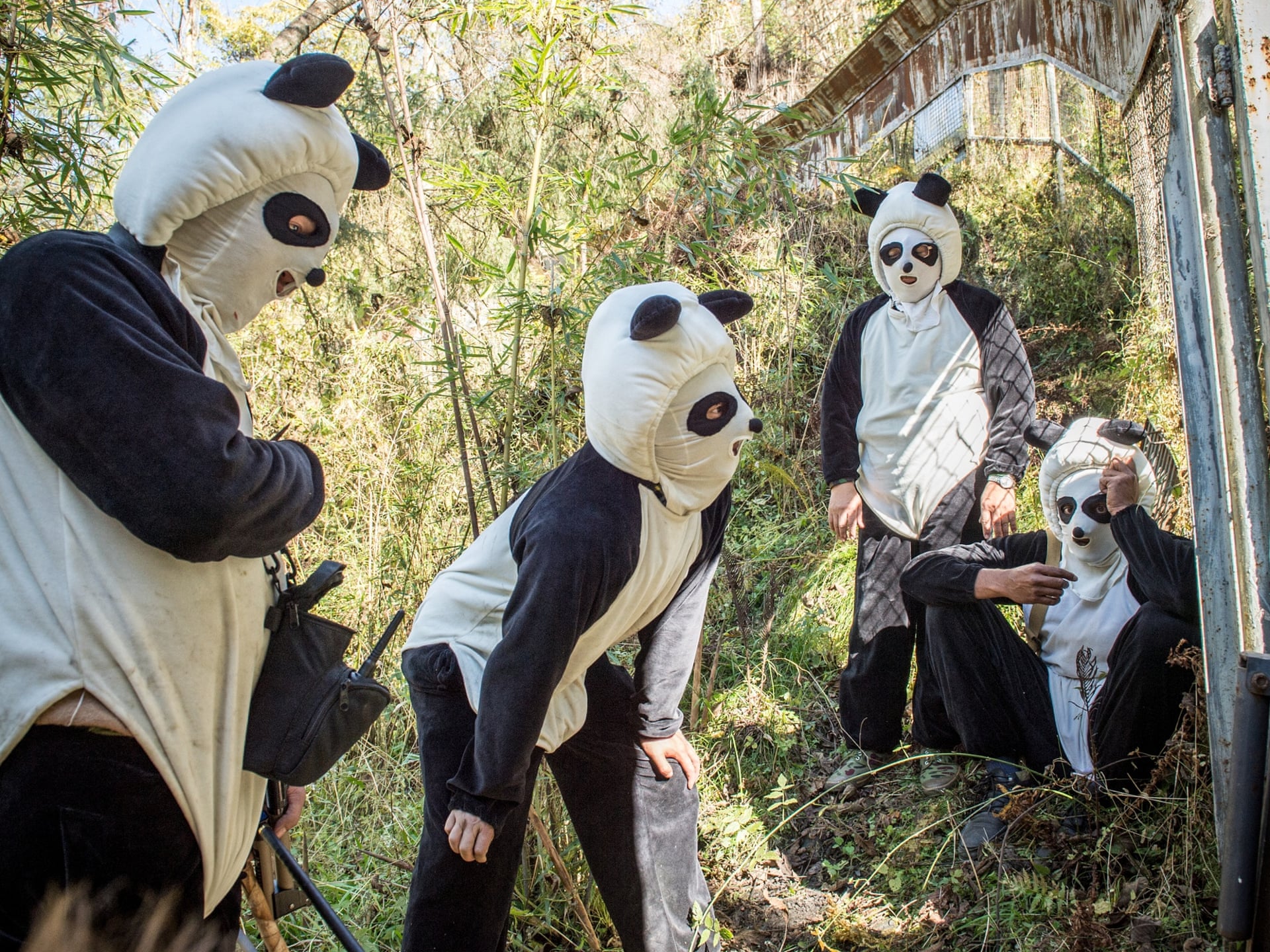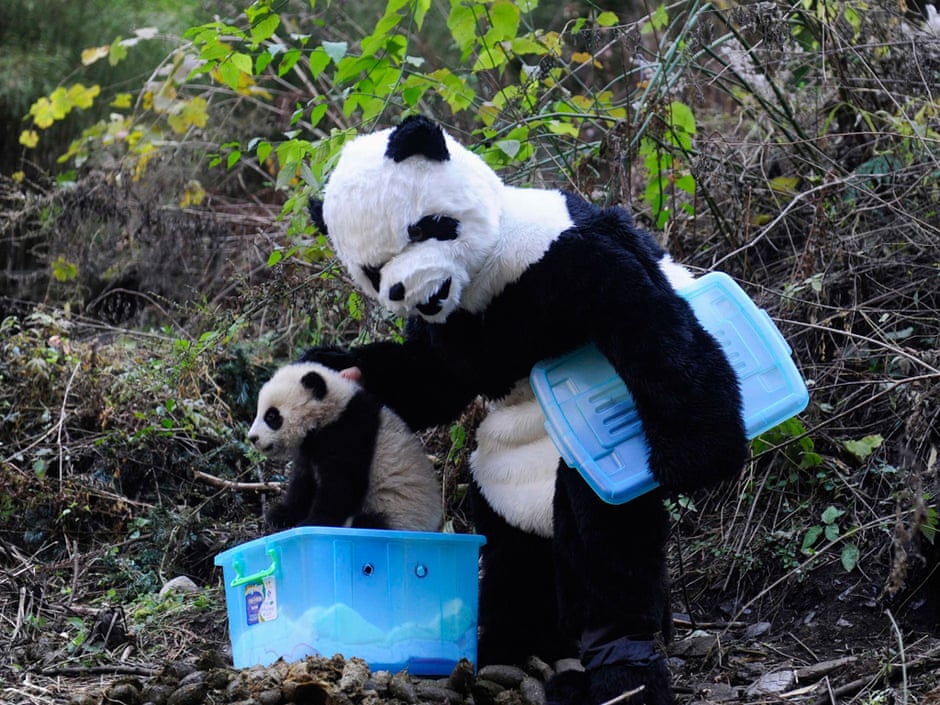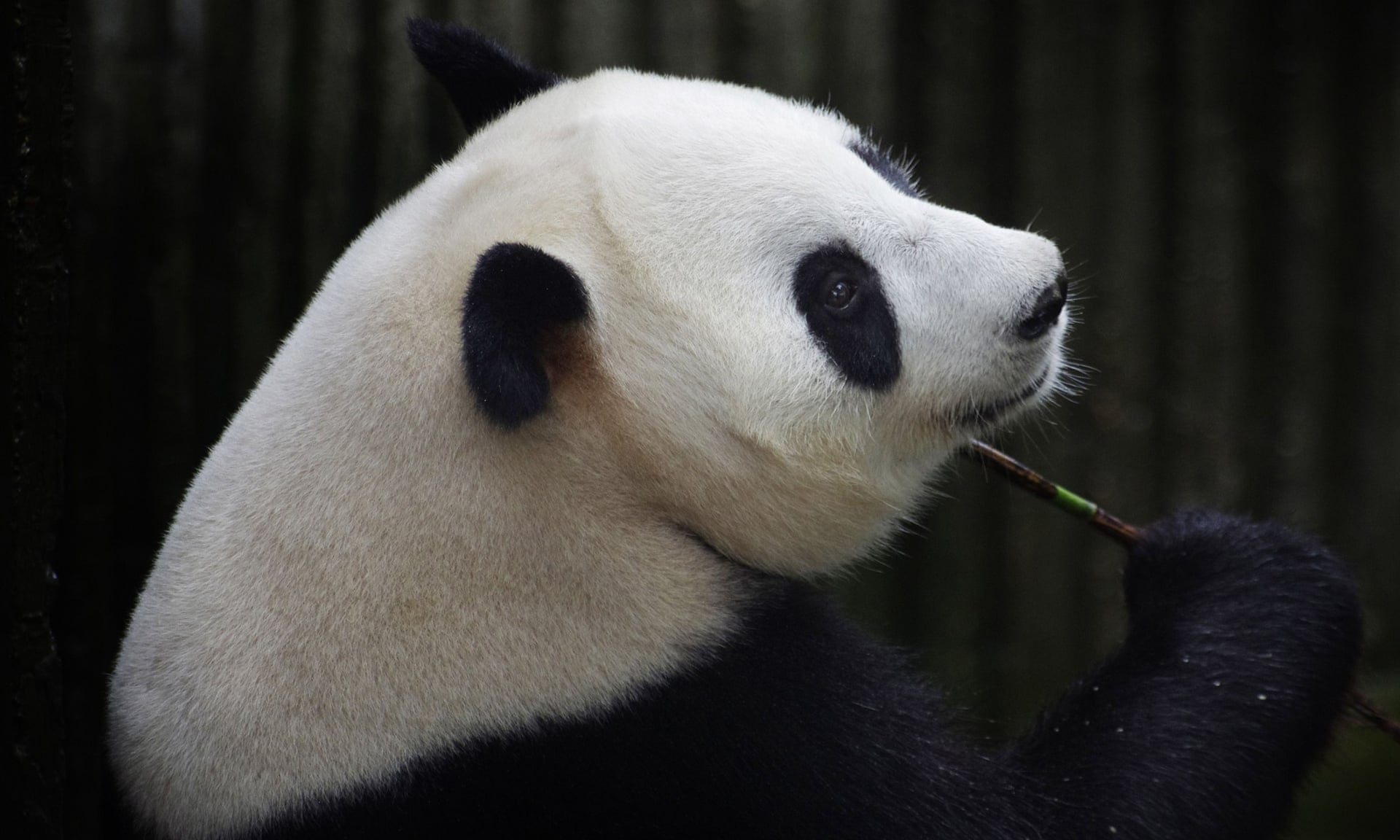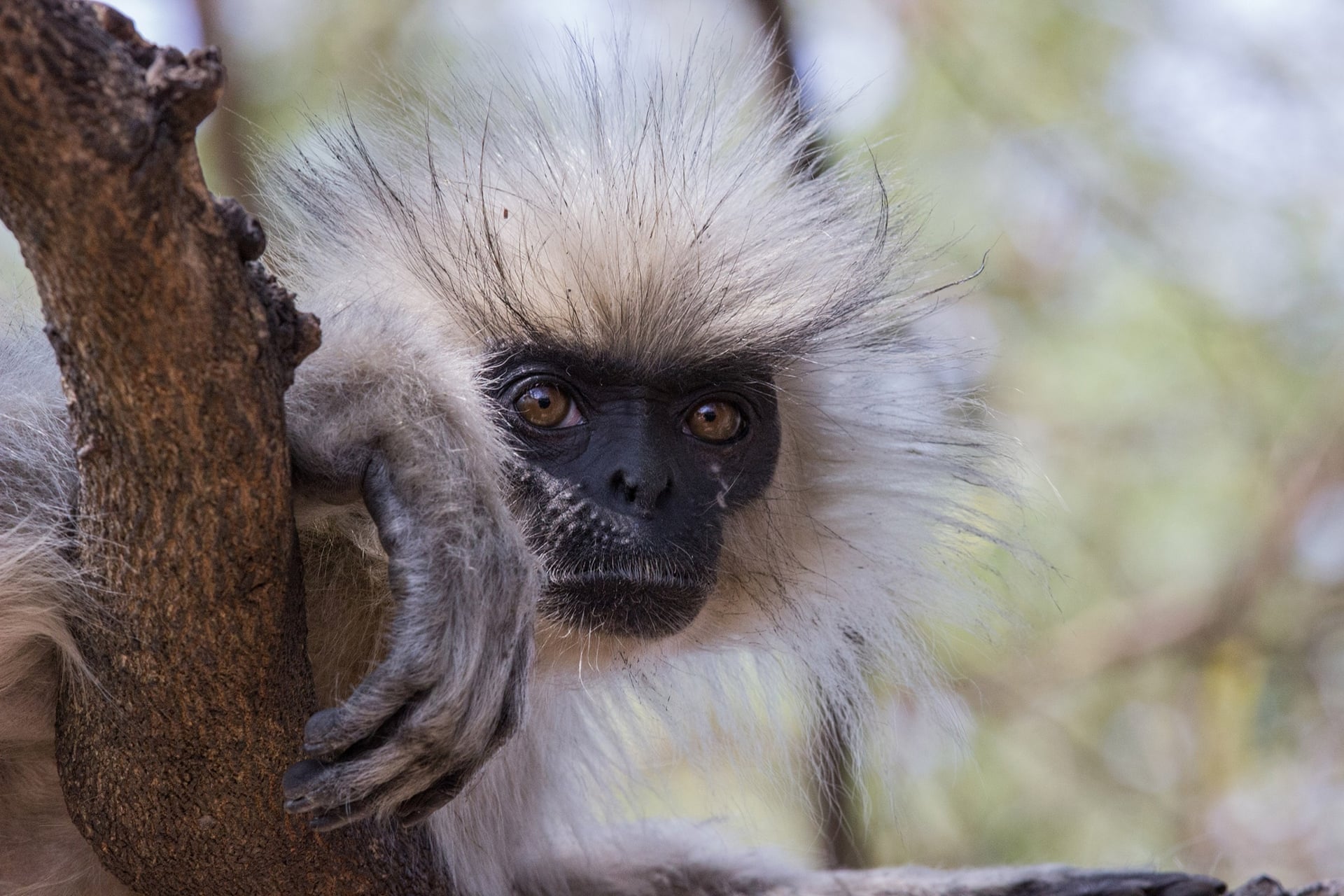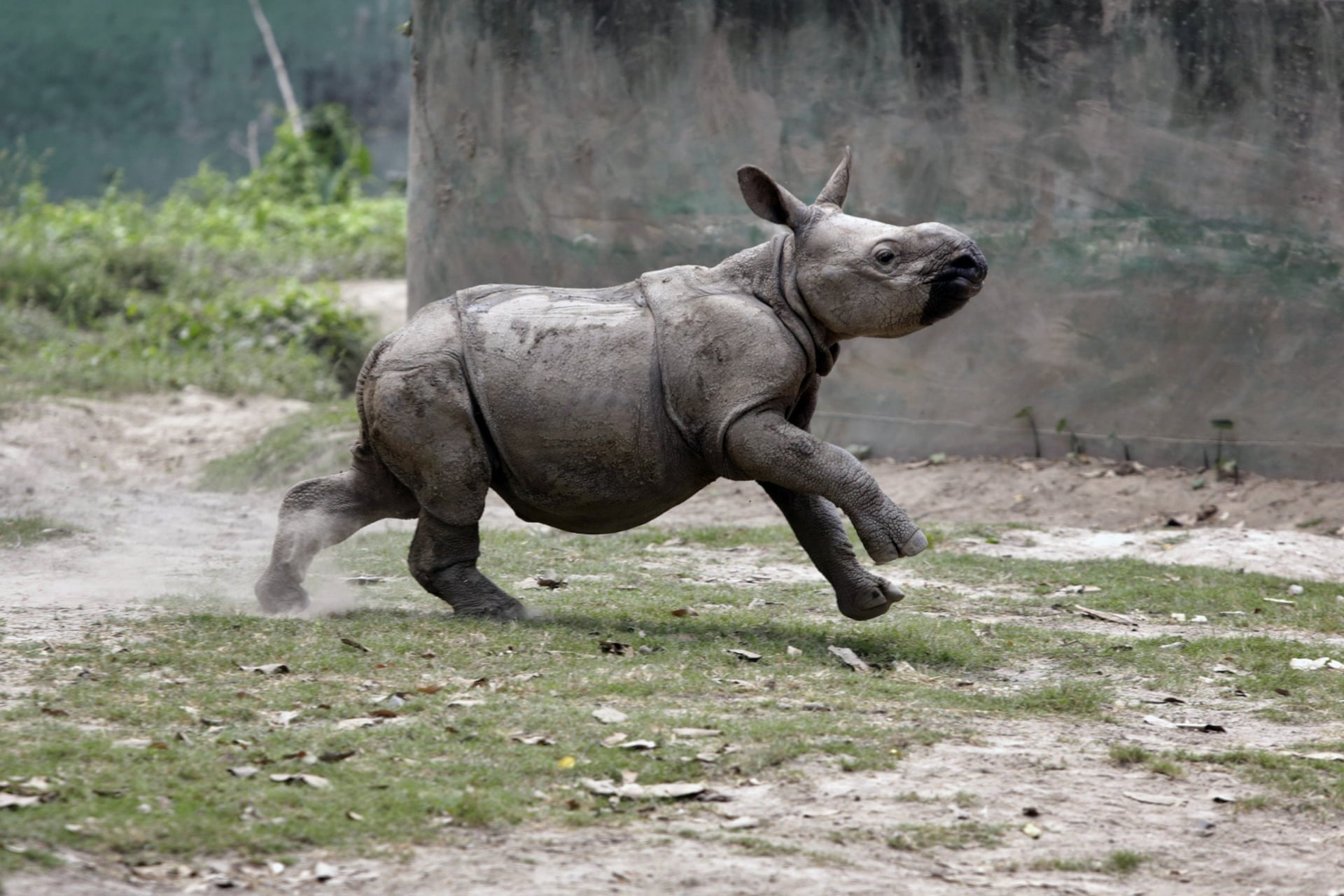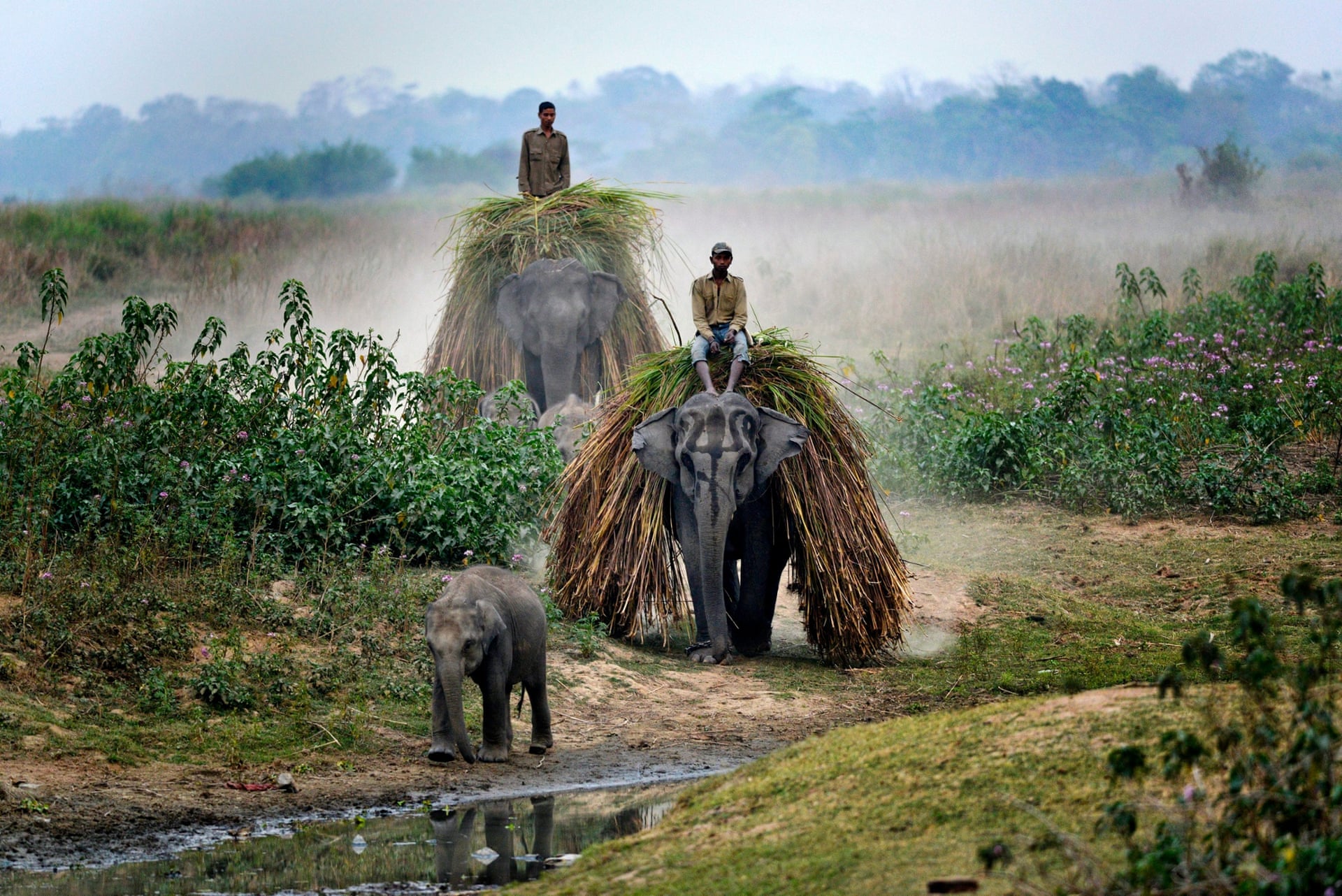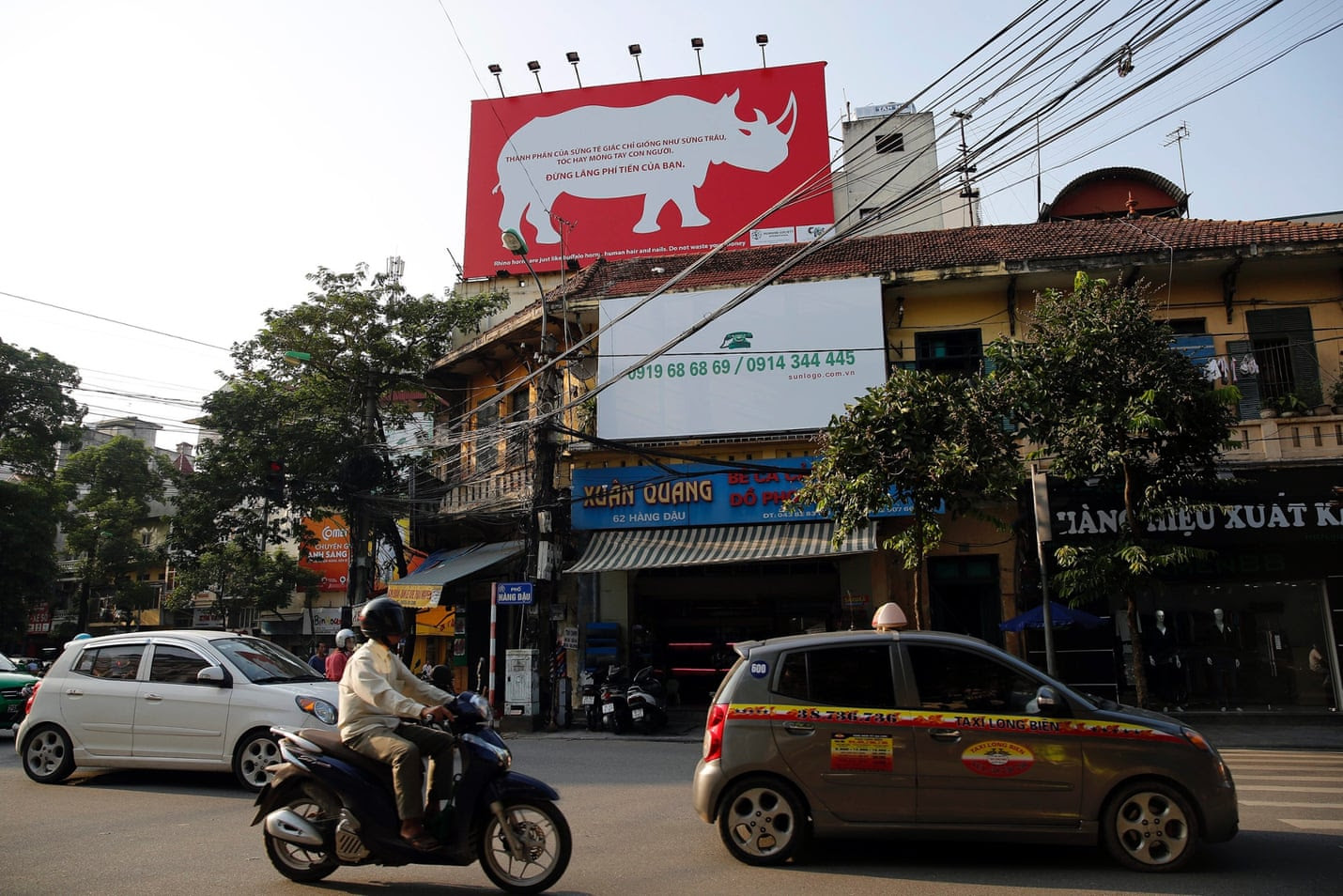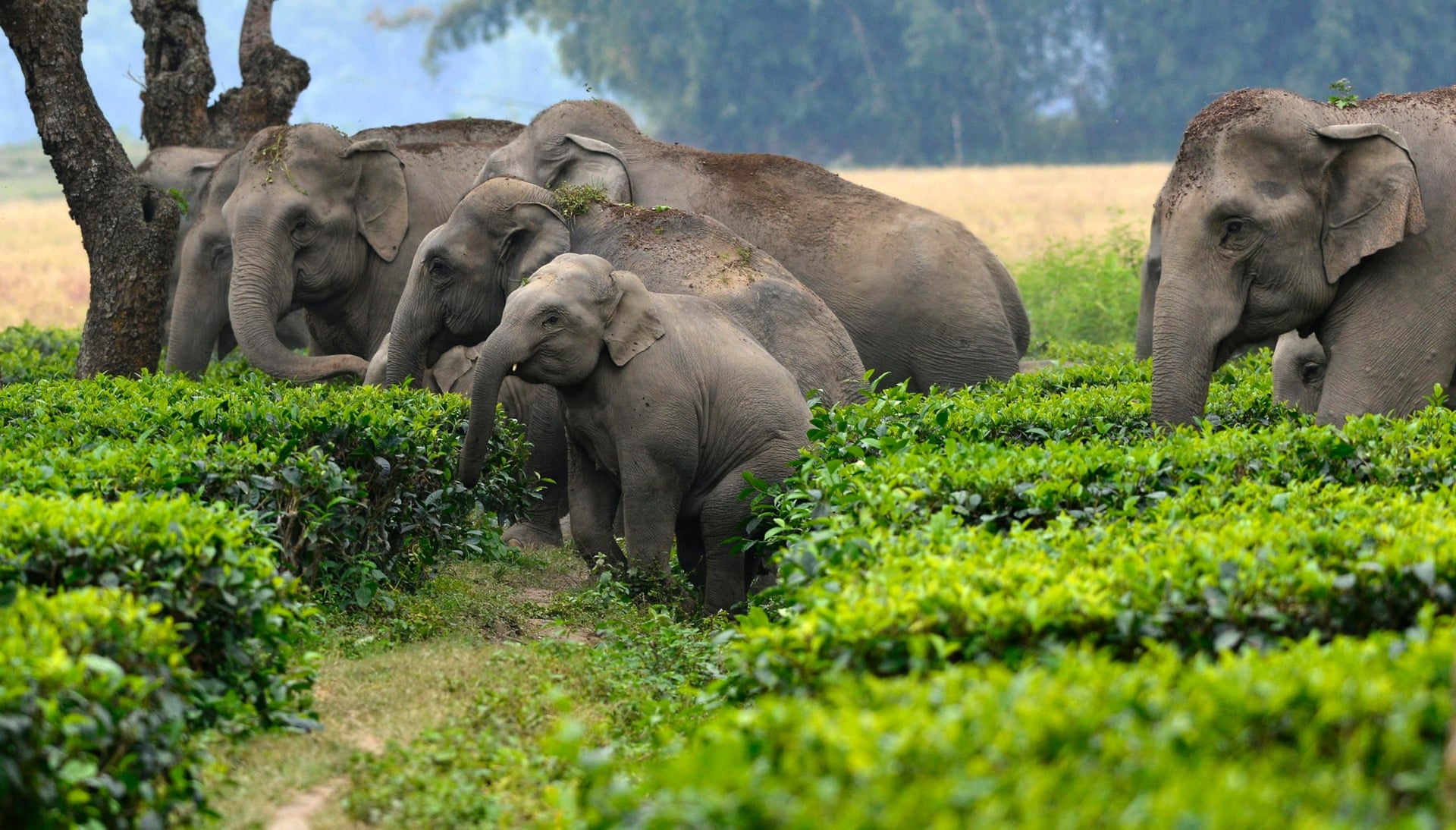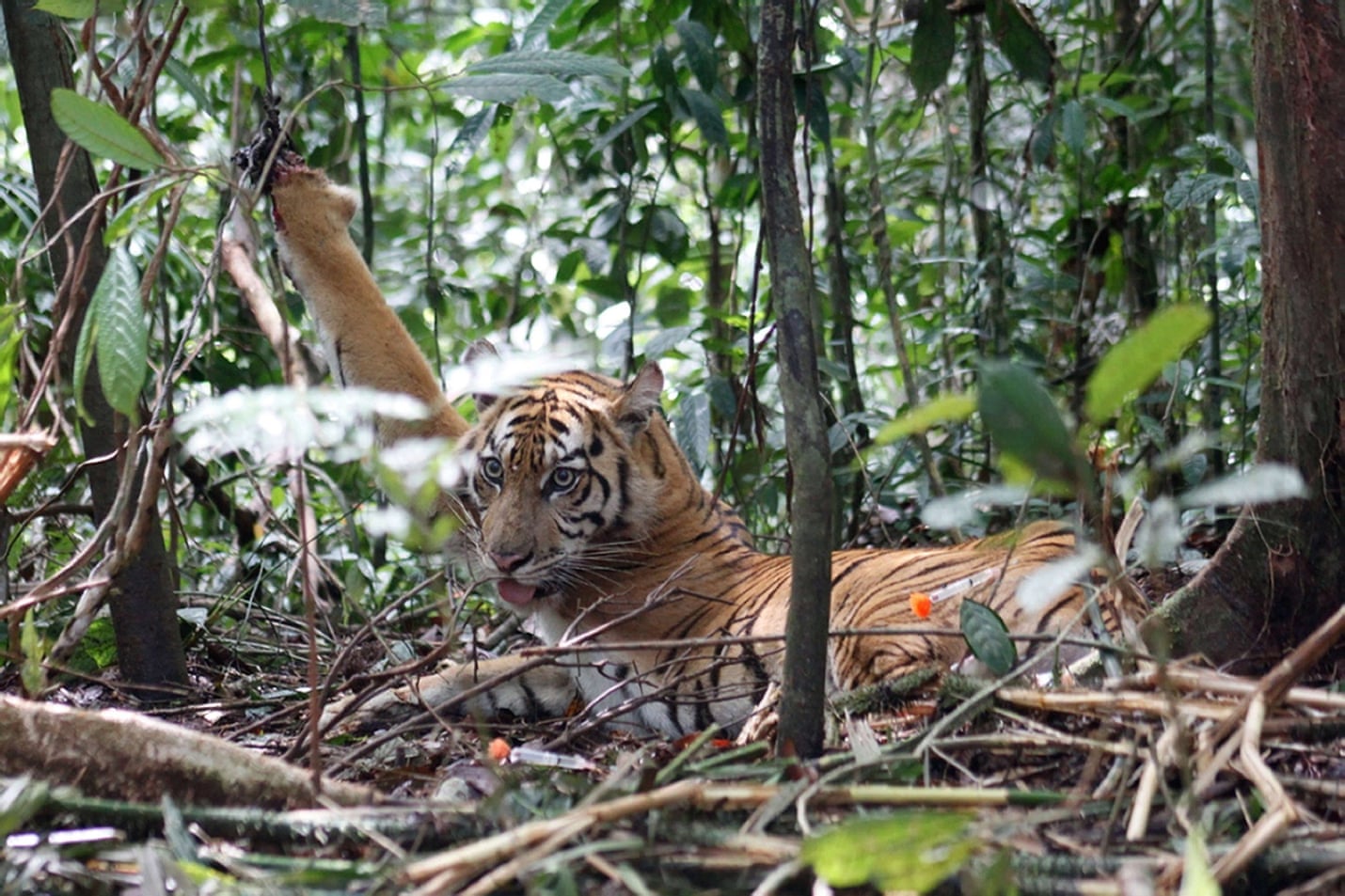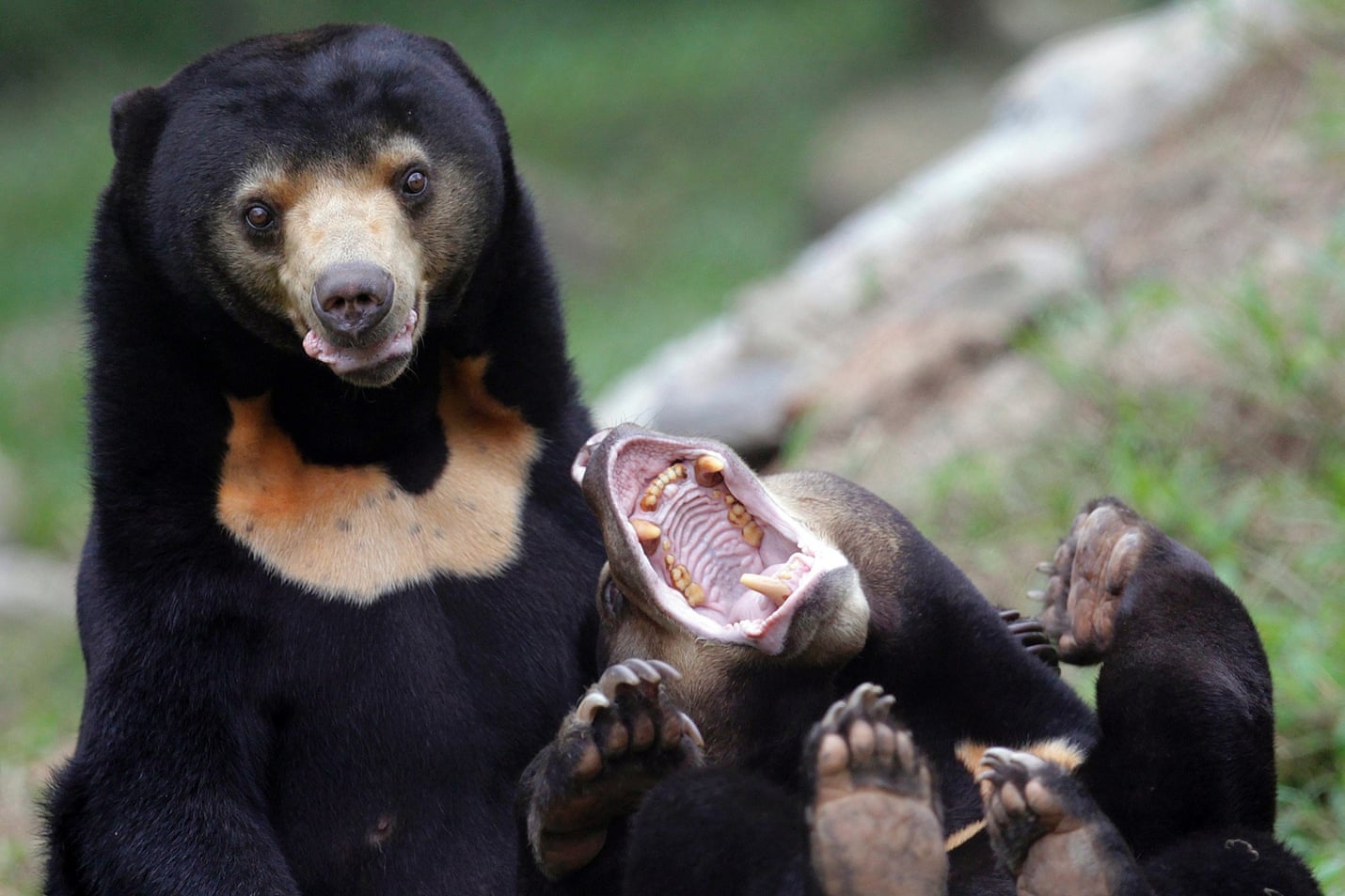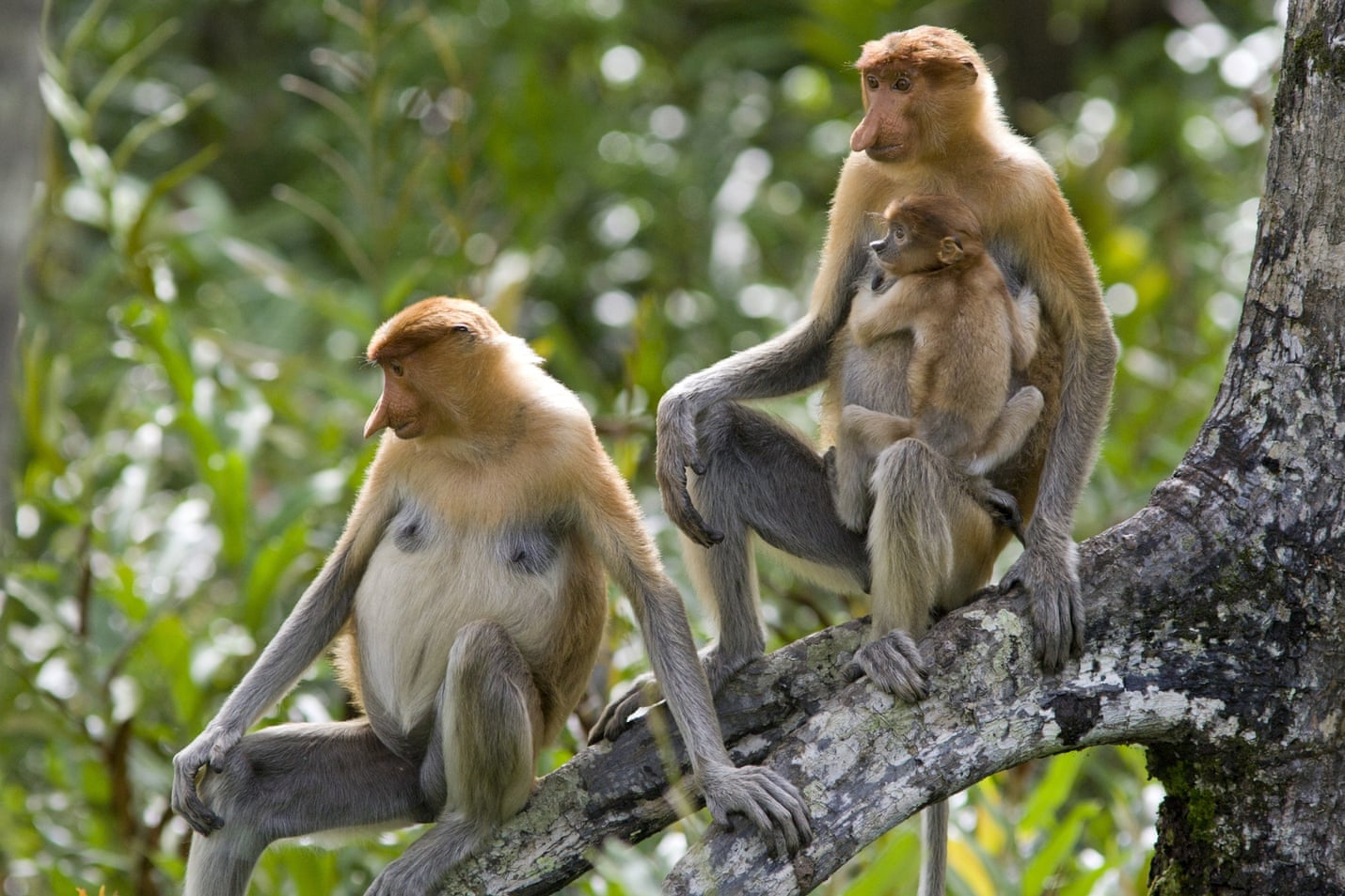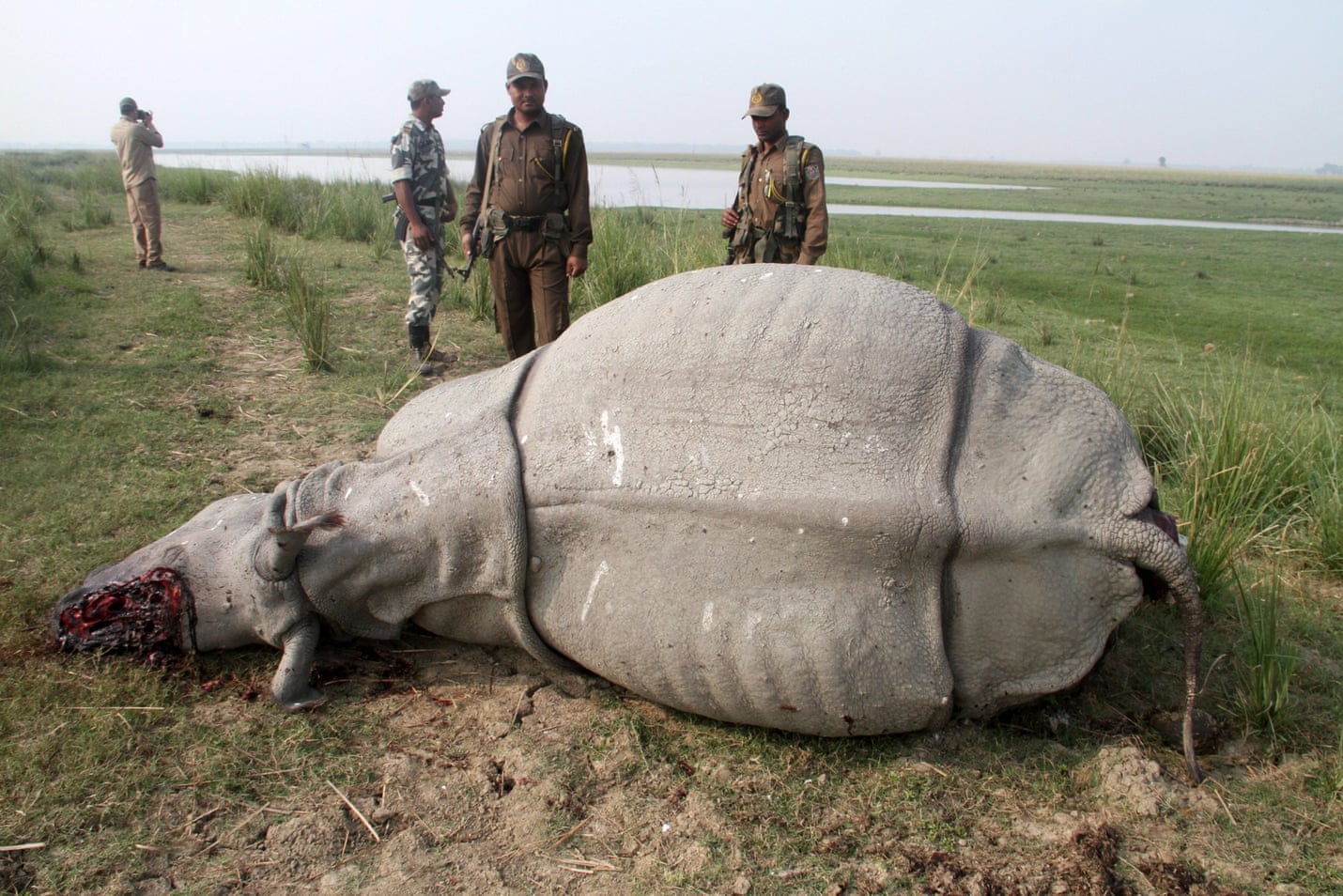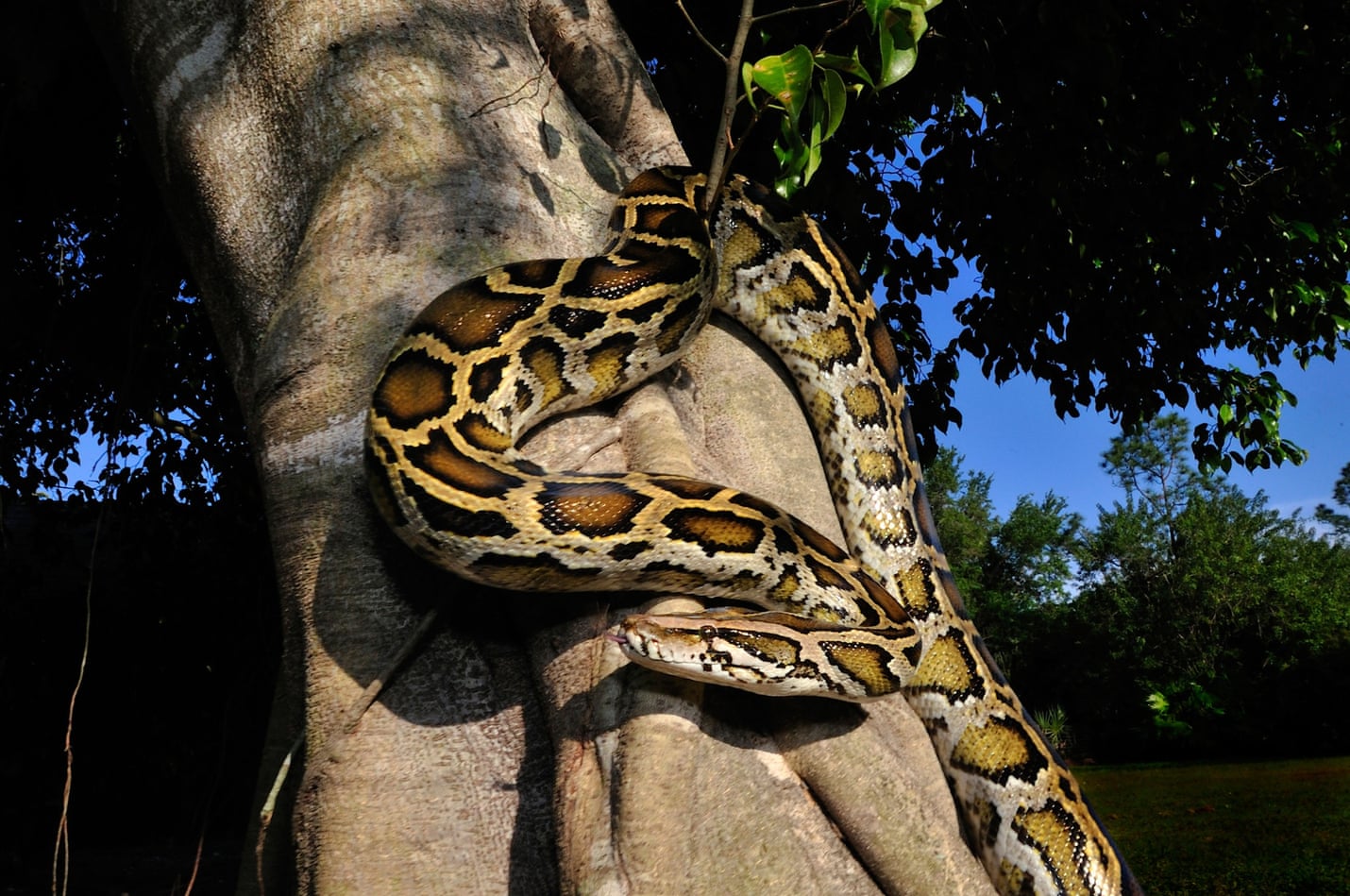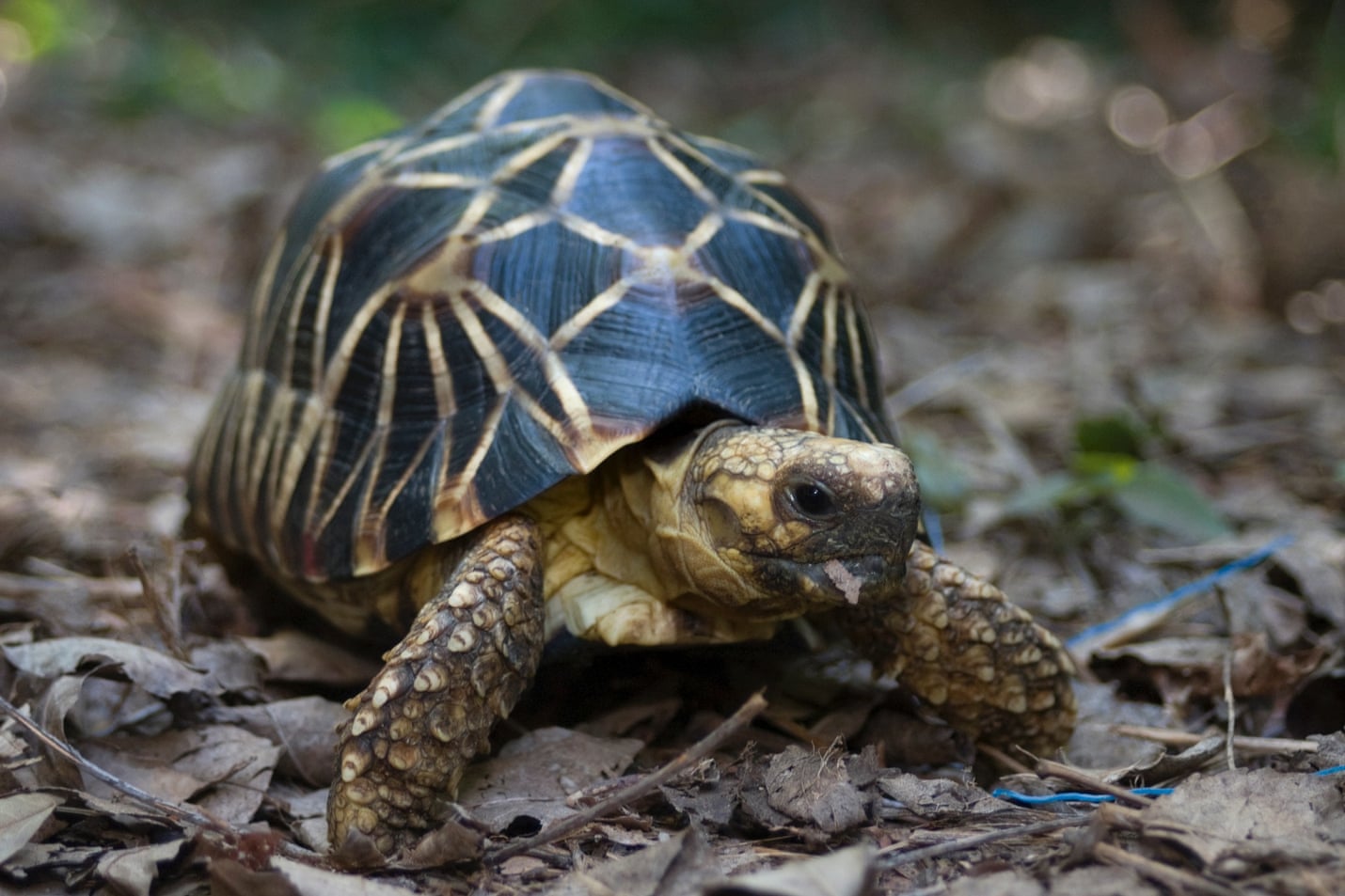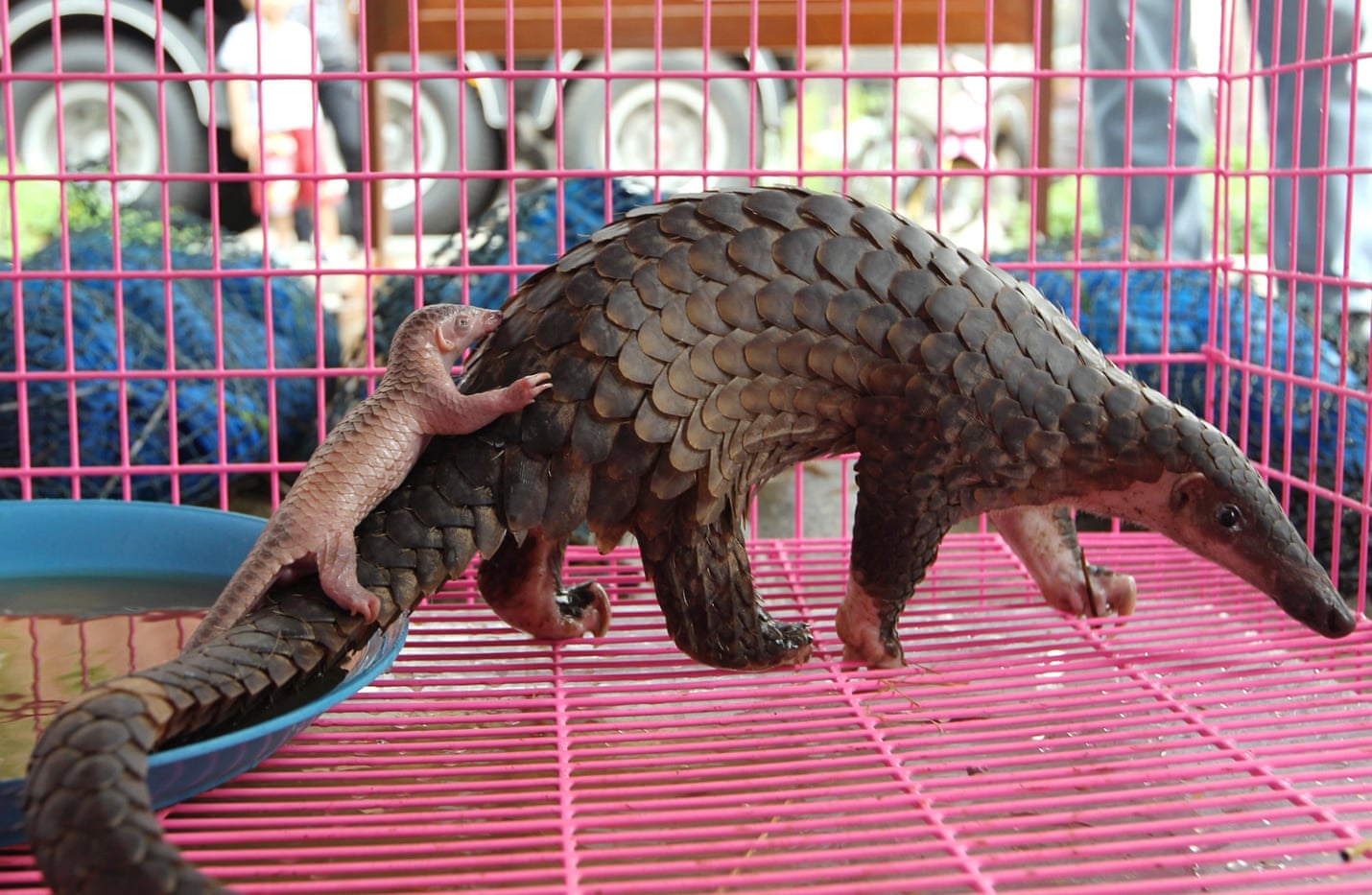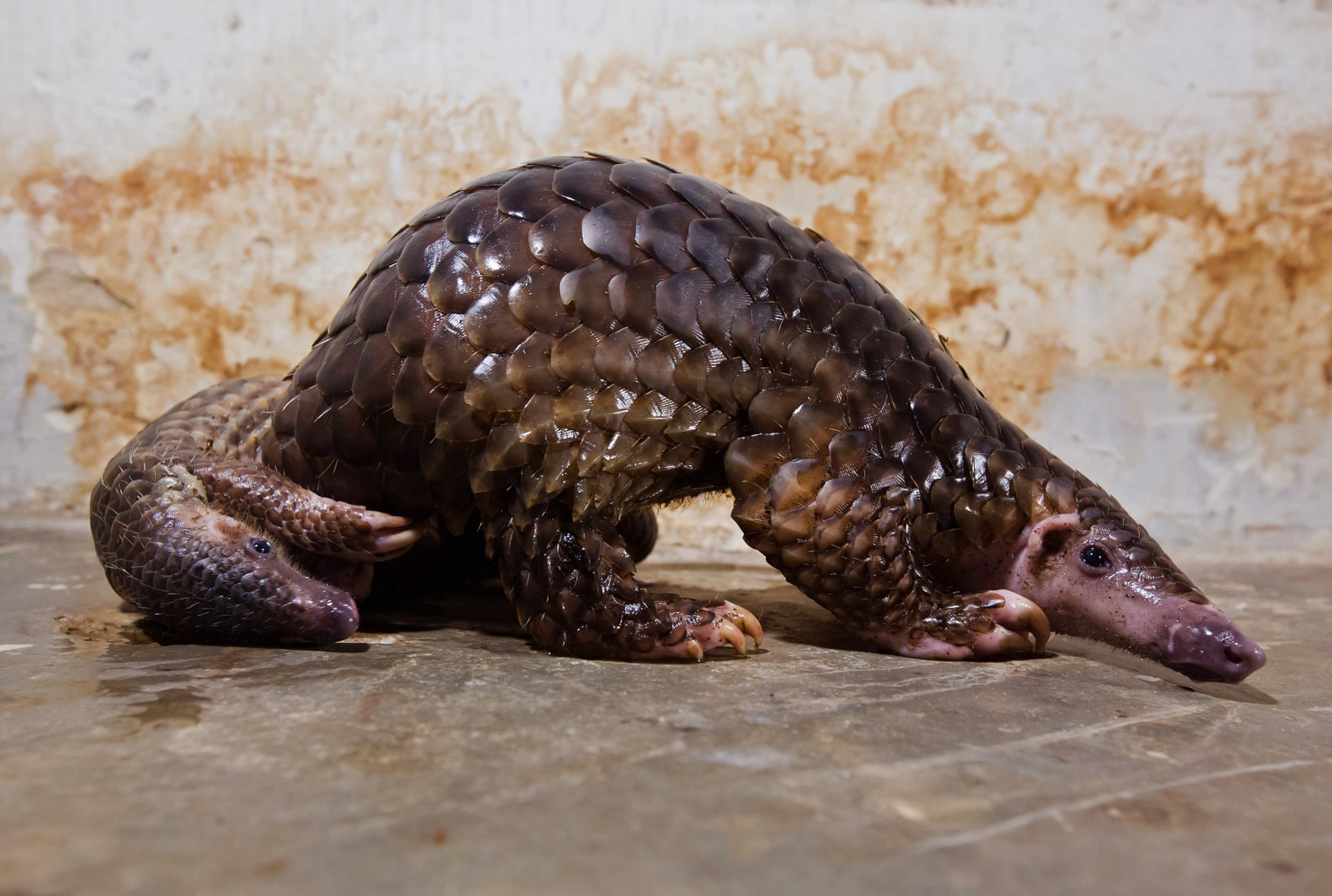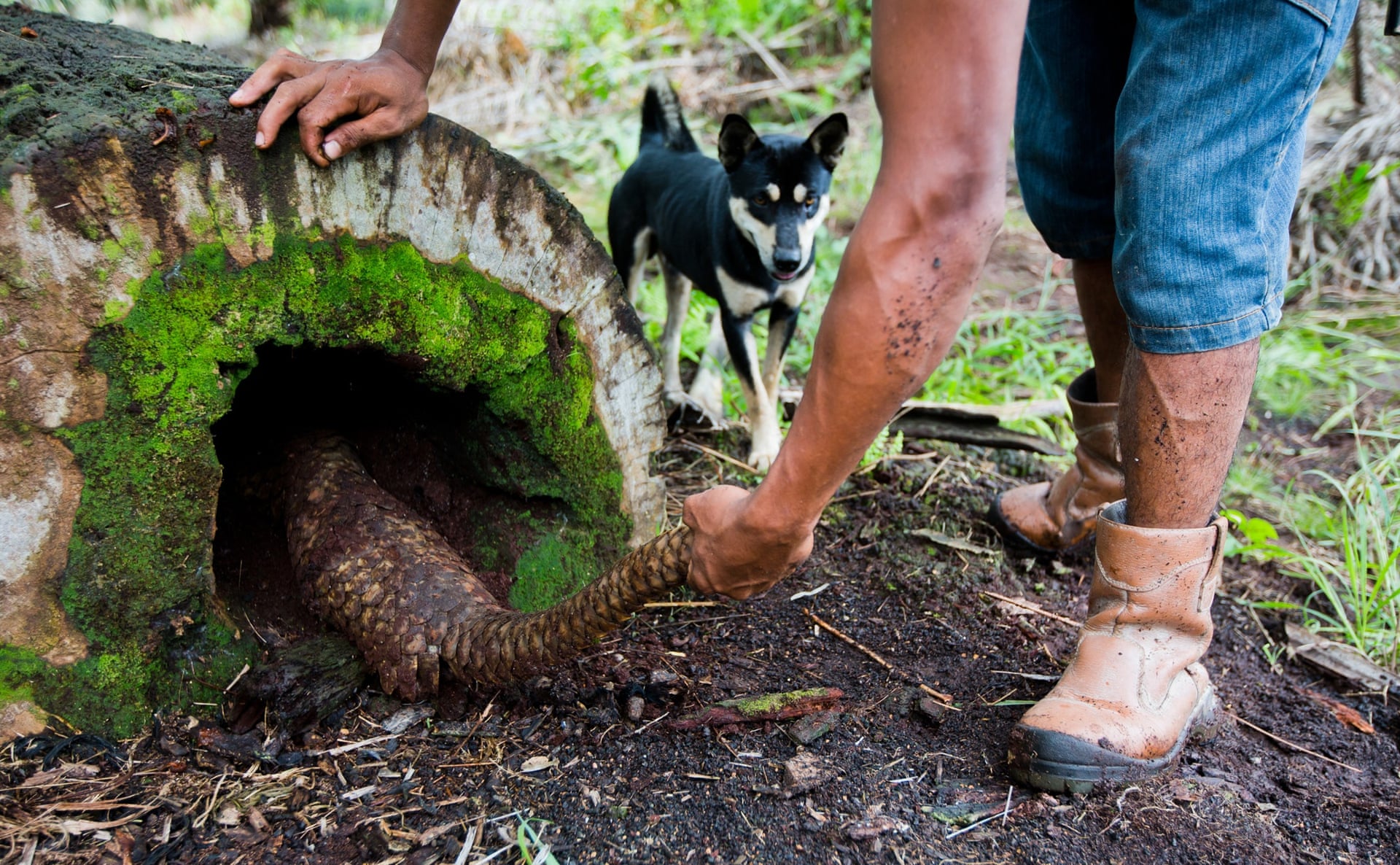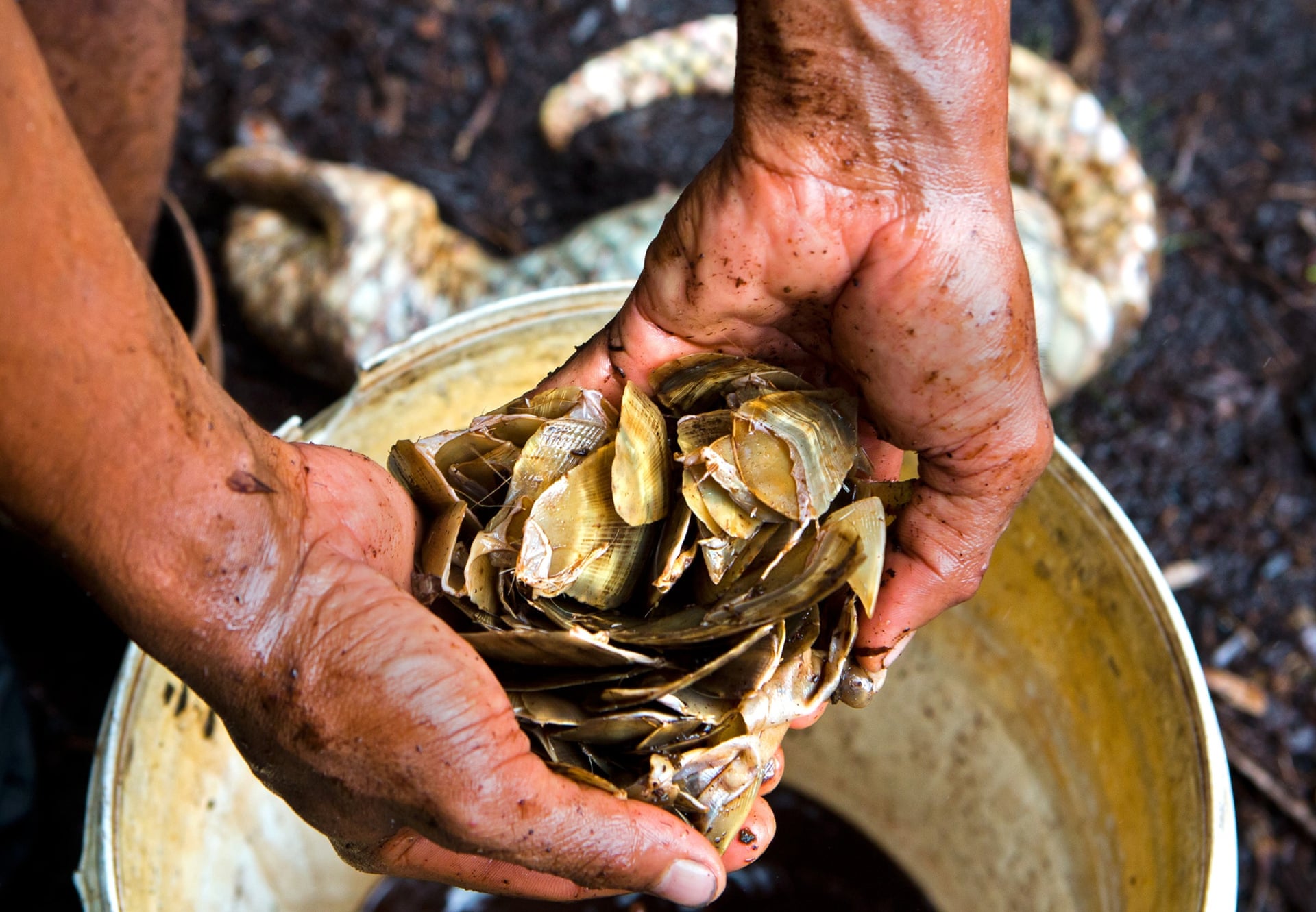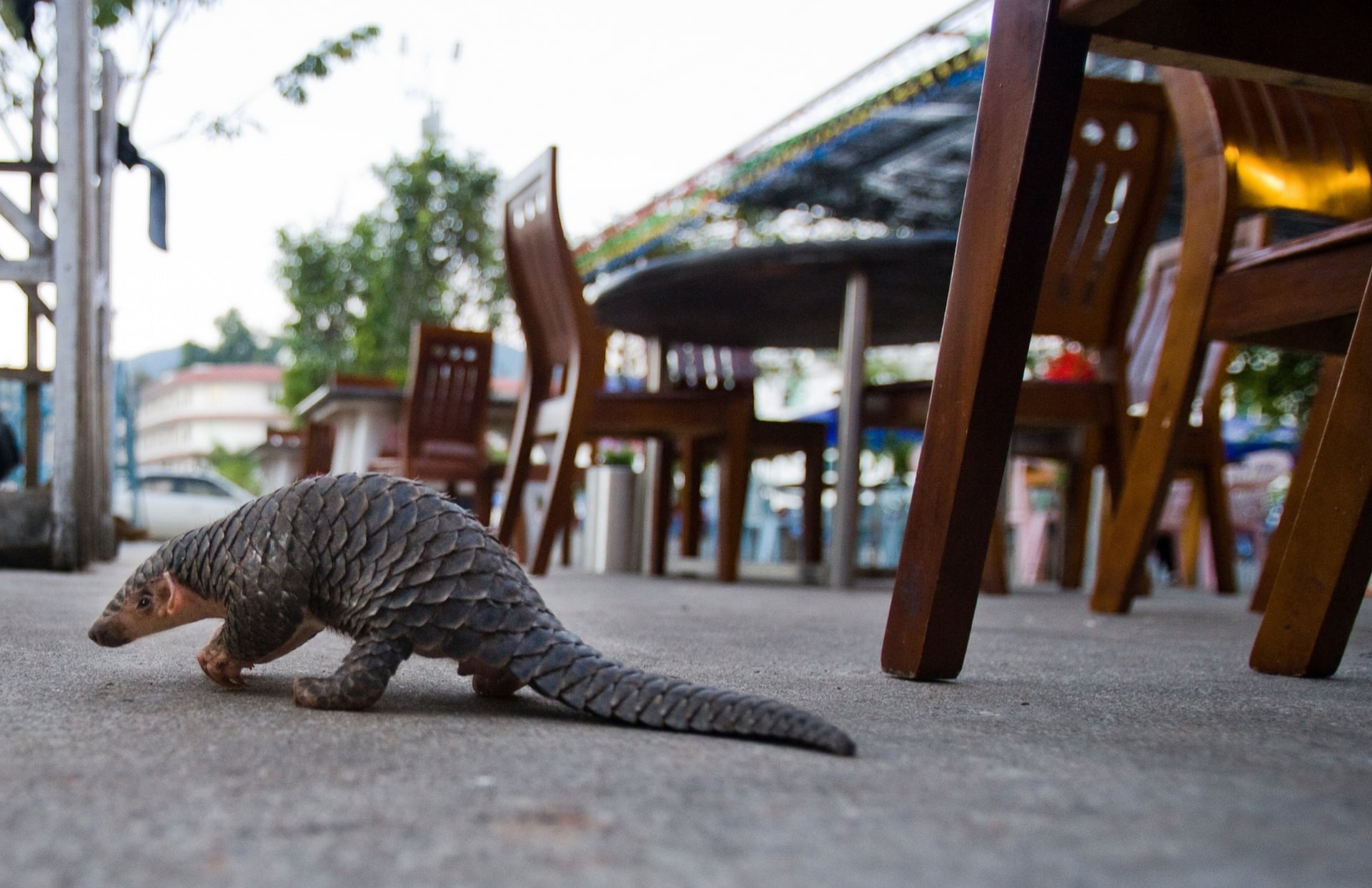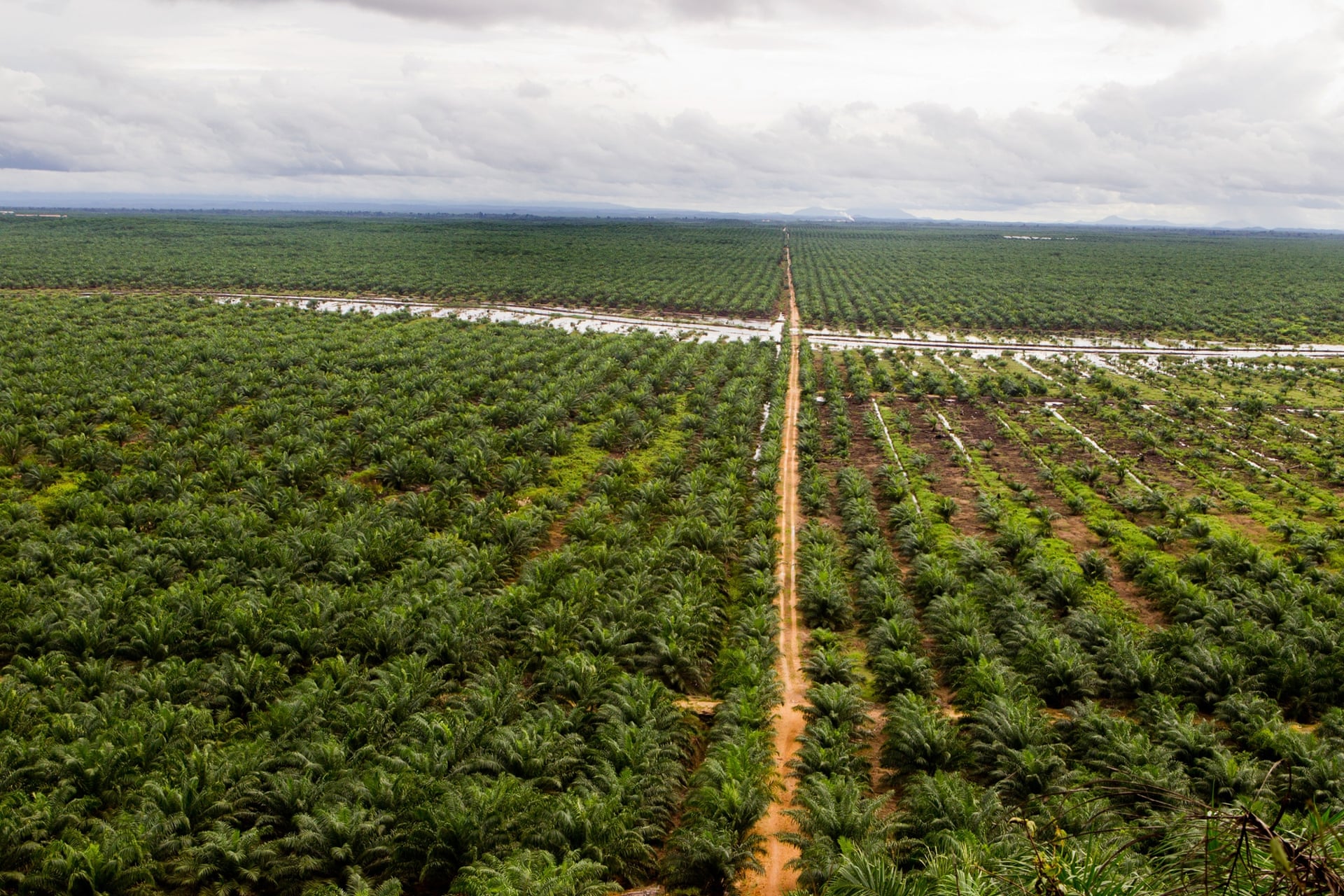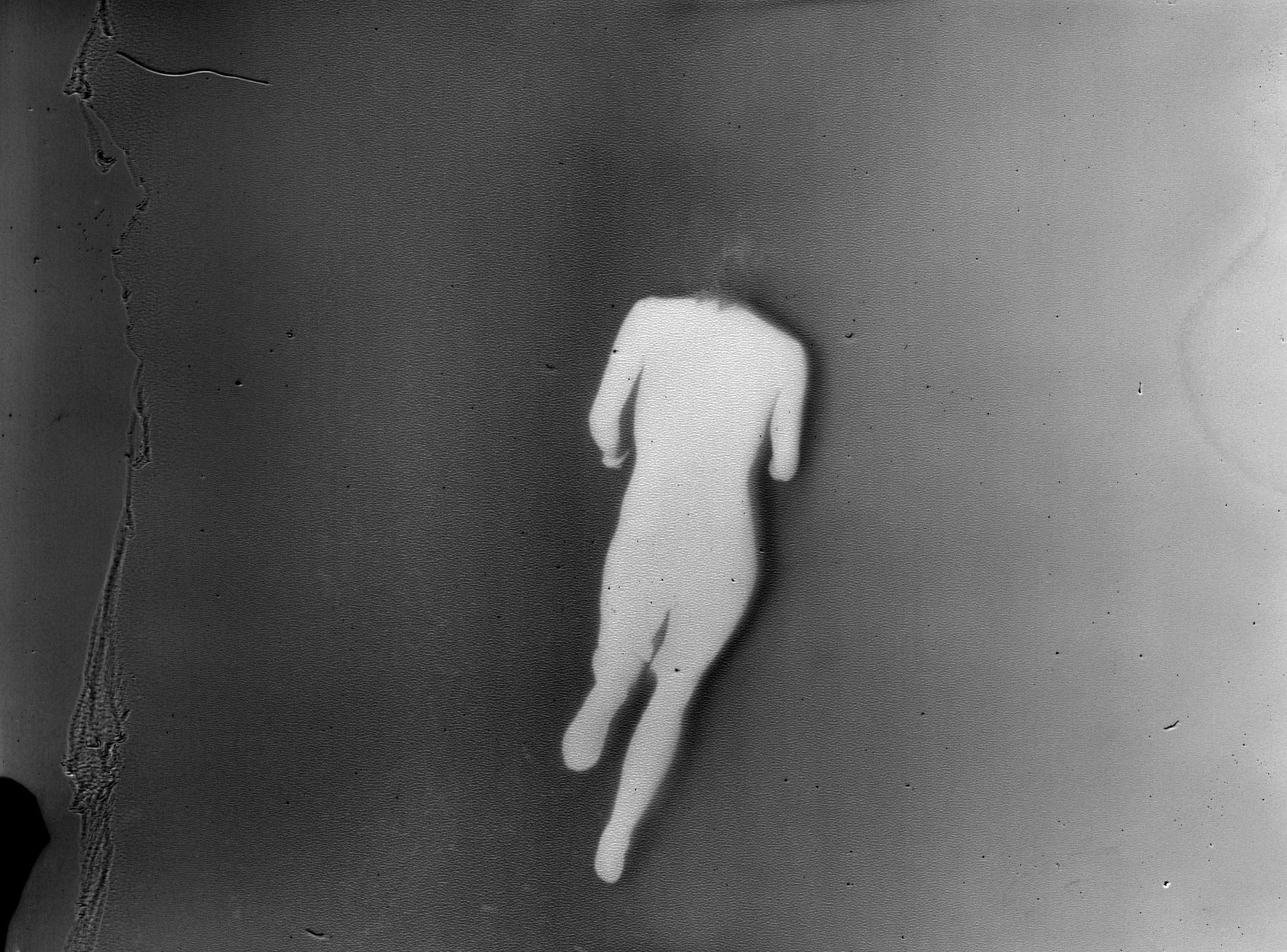
Untitled, from the series Site/Cloud: photo by Daisuke Yokota via The Guardian, 30 March 2015
[Aphrodite reveals herself]
And so he took her hand,
and she, Aphrodite, Laughterlover,
turned aside her face
and cast her eyes on the ground,
and she walked, slowly, to the bed,

Untitled, from the series Tokyo After Dark: photo by Cesar Ordoñez via The Guardian, 30 March 2015

Minamisanriku, Motoyoshi, Miyagi Prefecture, by Kōzō Miyoshi, who was among the first photographers to engage with the 3/11 disaster by travelling to the sites of destruction: photo by Kōzō Miyoshi via The Guardian, 30 March 2015.
and the bed was set with smooth cloths
and with the skins of bears and lions
.................he had killed, in the mountains, on the high slopes,
and they went up into the bed,
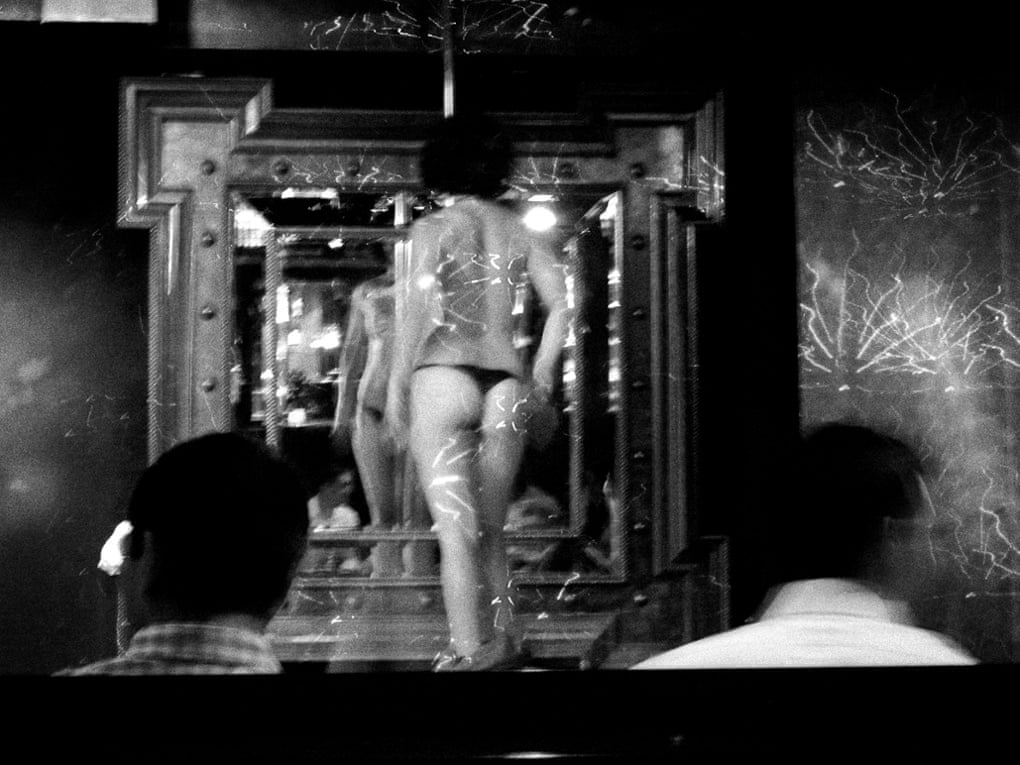
Untitled, from the series Tokyo After Dark: photo by Cesar Ordoñez via The Guardian, 30 March 2015
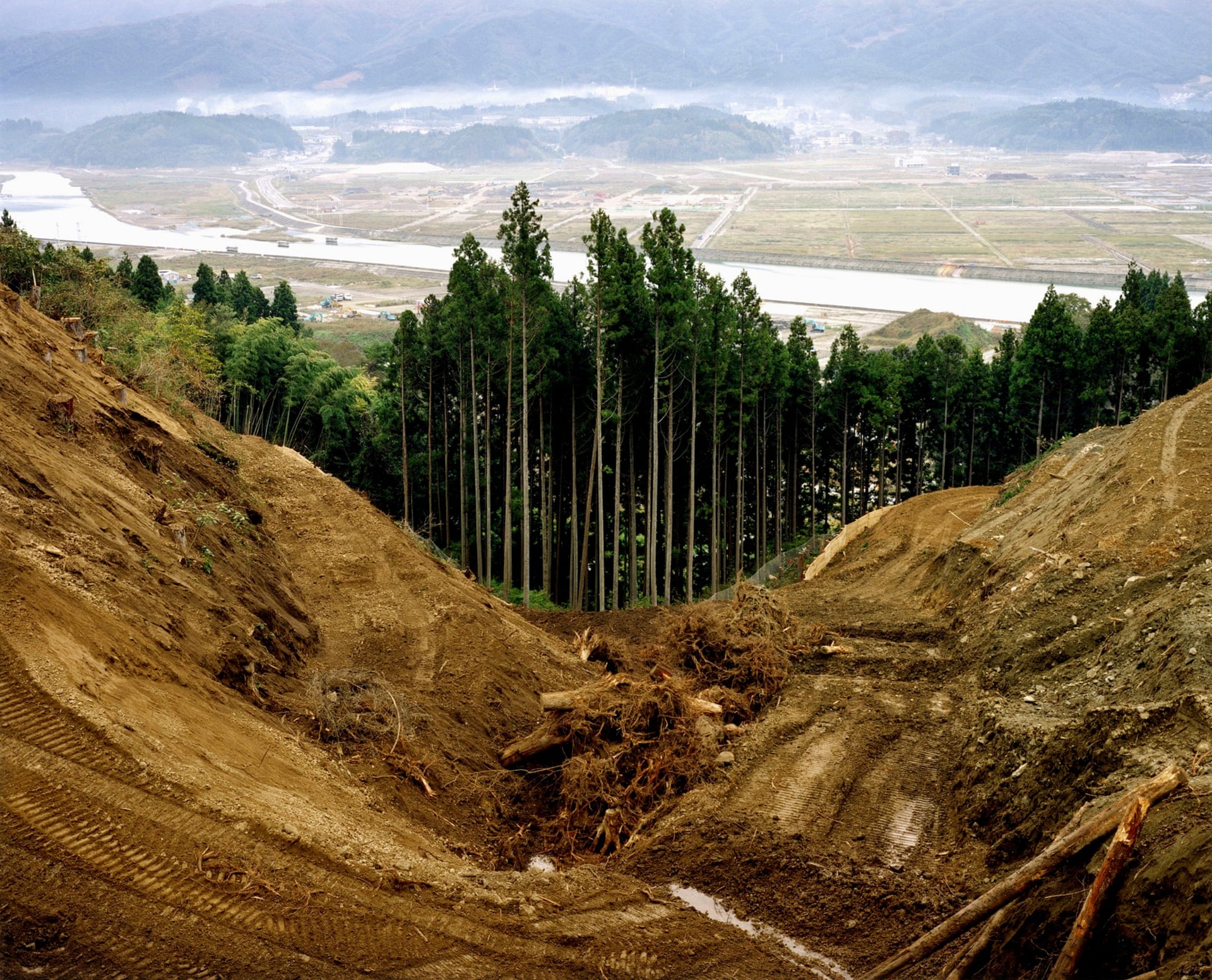
Rikuzentakata: photo by Naoya Hatakeyama via The Guardian, 30 March 2015
and he loosed her flashing jewelry,
her pins, and her twisted brooches,
..............................
and he loosed her sash and her shimmering robe
and folded them and set them on a silver-studded chair,
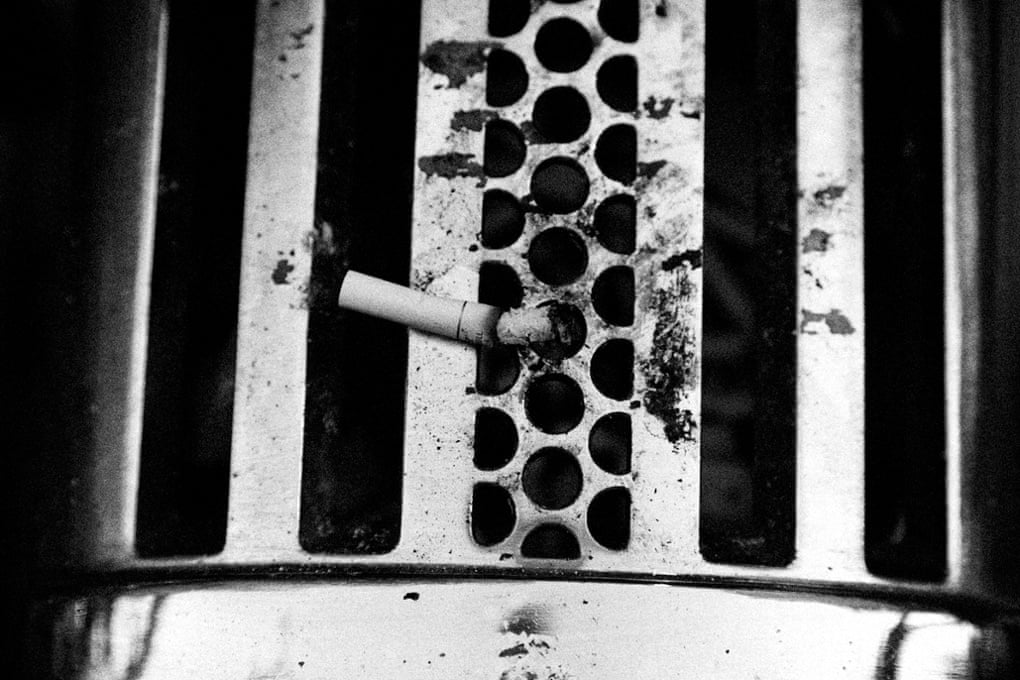
Untitled, from the series Tokyo After Dark: photo by Cesar Ordoñez via The Guardian, 30 March 2015

From the series Caesium, by Masato Seto, one of the few photographers to gain direct access to the nuclear plant after the disaster: photo by Masato Seto via The Guardian, 30 March 2015
and he lay with her,
Anchises,
a man with a goddess,

Untitled, from the series Tokyo After Dark: photo by Cesar Ordoñez via The Guardian, 30 March 2015
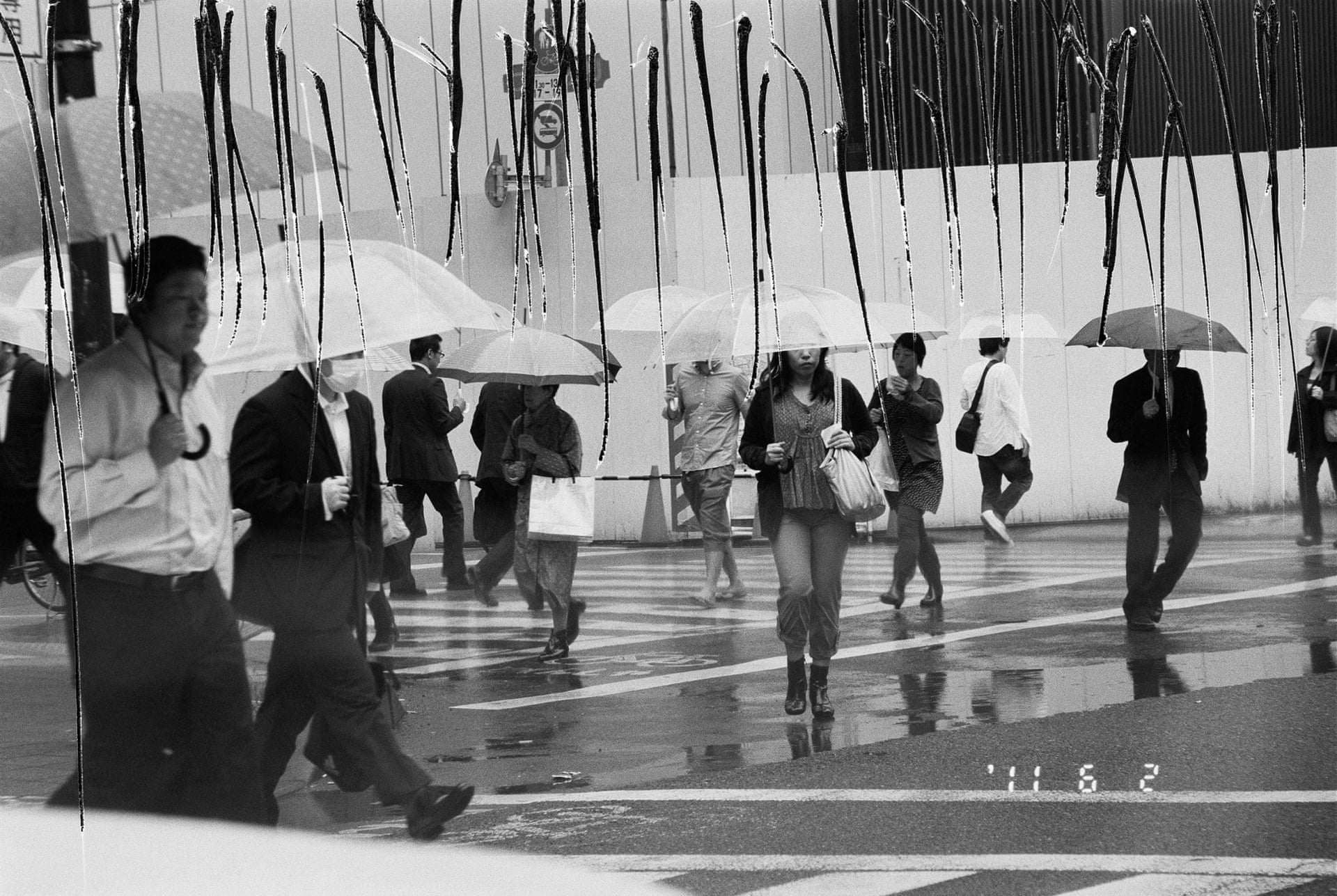
Nobuyoshi Araki scratched these negatives with a pair of scissors. The resulting jagged marks are seen here in the series Shakyō Rōjin Nikki: photo by Nobuyoshi Araki via The Guardian, 30 March 2015
for it was the will of gods and fate, and he knew not clearly,
he knew not clearly.

Untitled, from the series Tokyo After Dark: photo by Cesar Ordoñez via The Guardian, 30 March 2015
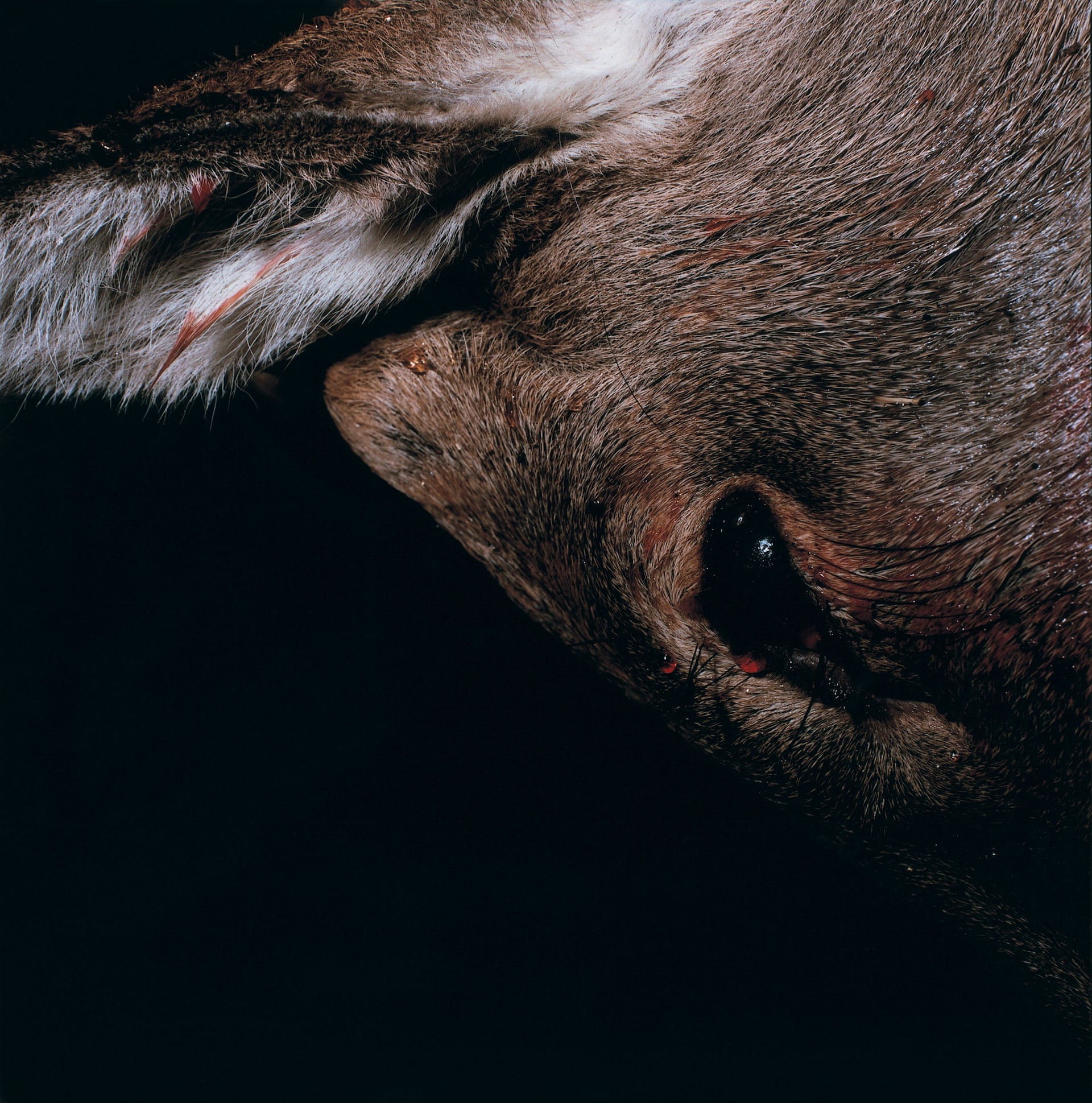
Deer 3, November 2011, Kamaishi, Iwate Prefecture –- from the series Is the Blood Still Red?: photo by by Masaru Tatsuki
And at the time when the herdsmen
round up the cattle and sheep and urge them home from the pastures
she poured sweet sleep on Anchises

Untitled, from the series Tokyo After Dark: photo by Cesar Ordoñez via The Guardian, 30 March 2015
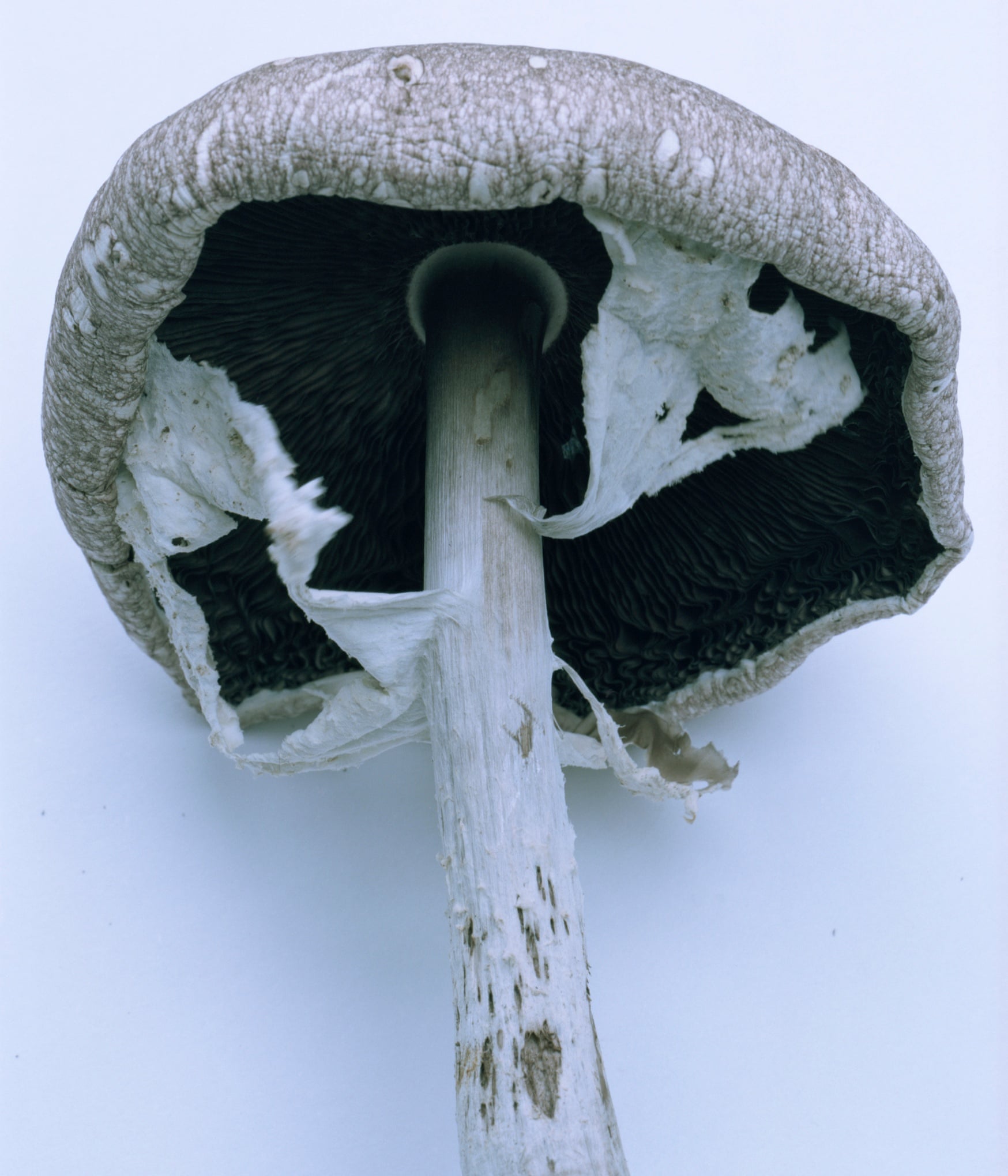
From the series Mushrooms from the Forest: photo by Homma Takashi via The Guardian, 30 March 2015
and she dressed,
and she stood in the doorway,

Untitled, from the series Tokyo After Dark: photo by Cesar Ordoñez via The Guardian, 30 March 2015
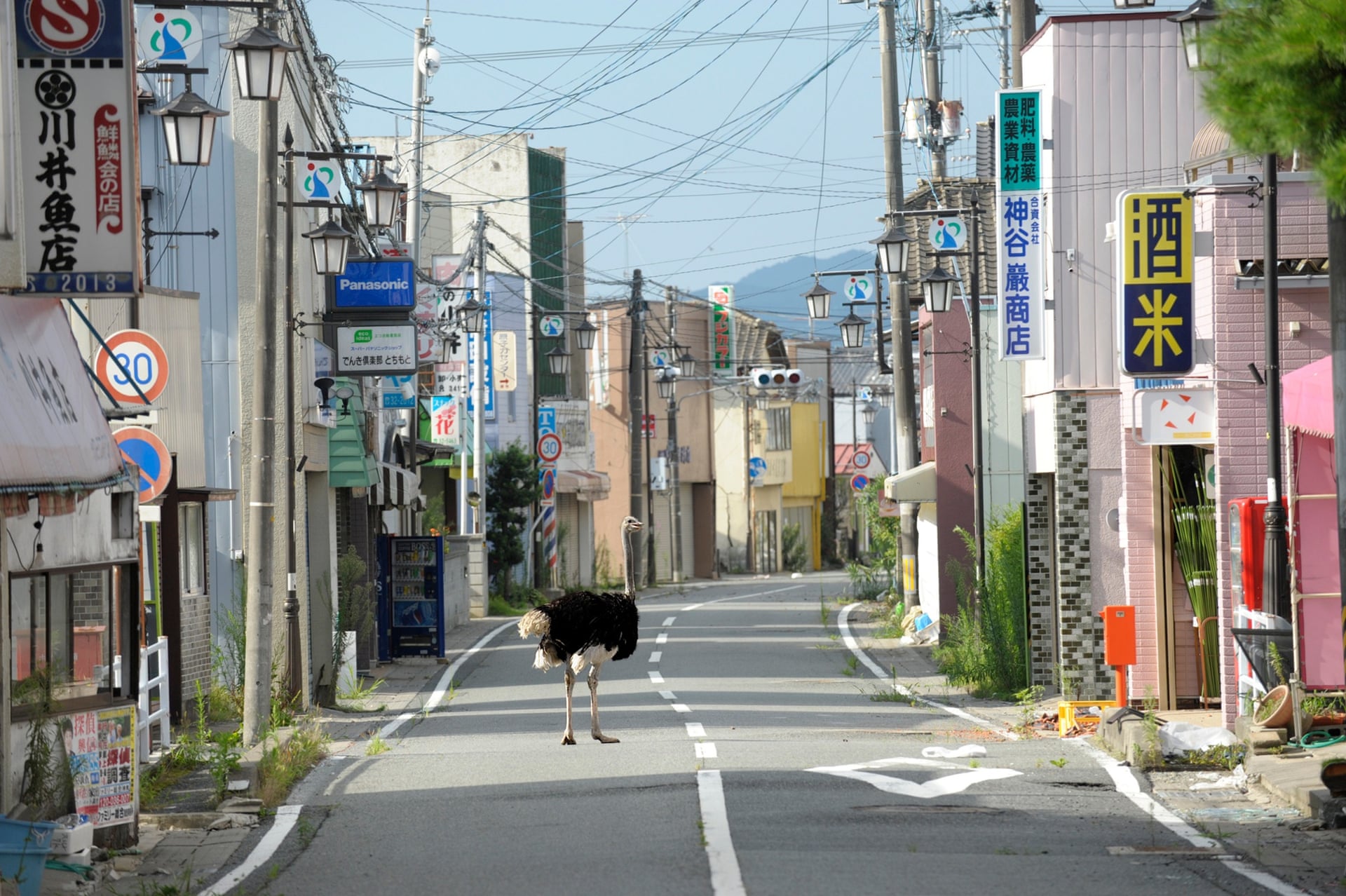
Deserted Town, from the series The Abandoned Animals of Fukushima: photo by Yasusuke Ota via The Guardian, 30 March 2015
and her head was high as the roof-beam,
and from her cheeks
........................shone beauty,
unearthly beauty, the beauty of Kytheria.

Untitled, from the series Tokyo After Dark: photo by Cesar Ordoñez via The Guardian, 30 March 2015
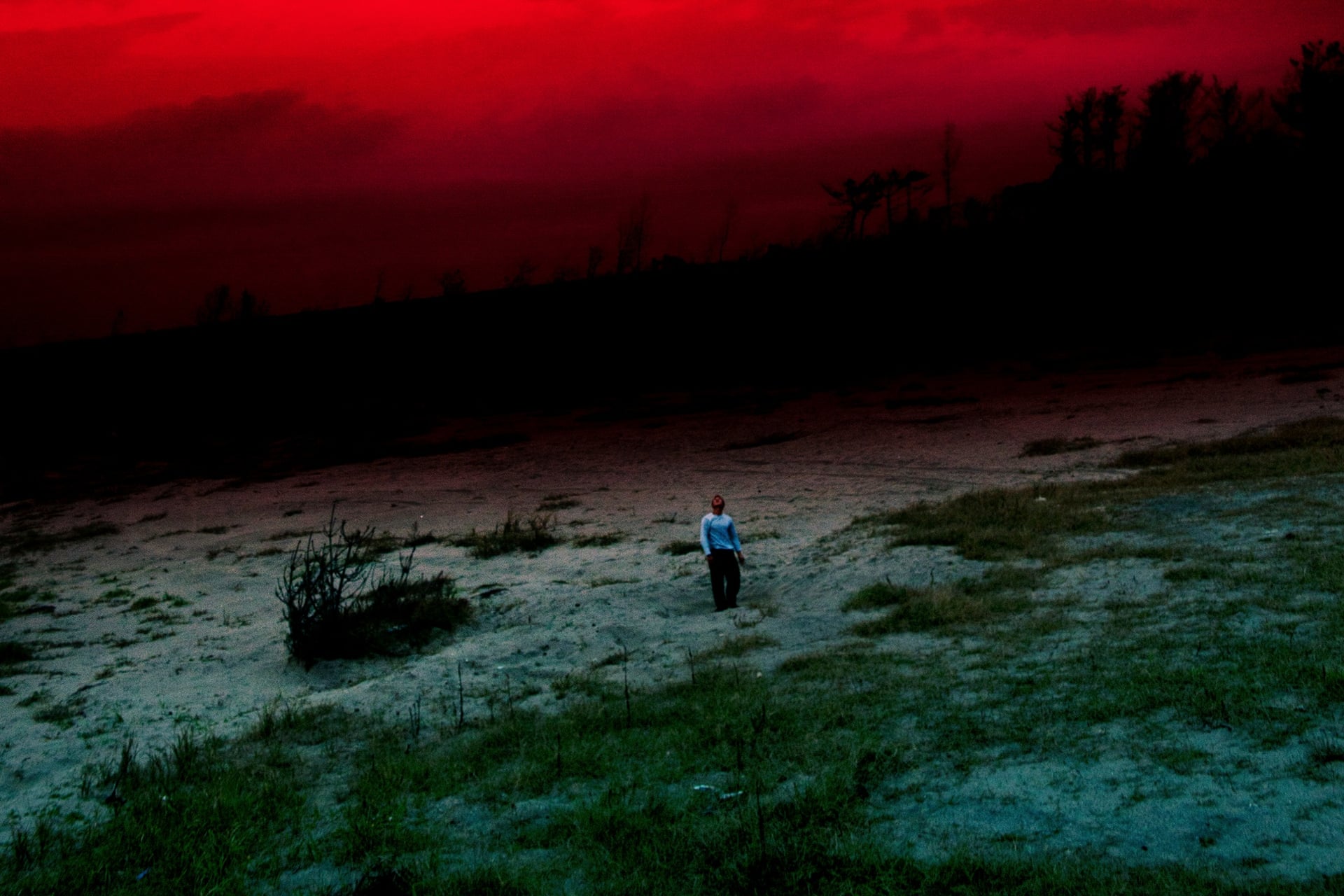
From the series Rasen Kaigan (Spiral Shore): photo by Shiga Lieko via The Guardian, 30 March 2015
And she woke him, and said:
........Trojan, you sleep so soundly!
........Tell me,
........Do I still look the same
..............................

Untitled, from the series Tokyo After Dark: photo by Cesar Ordoñez via The Guardian, 30 March 2015
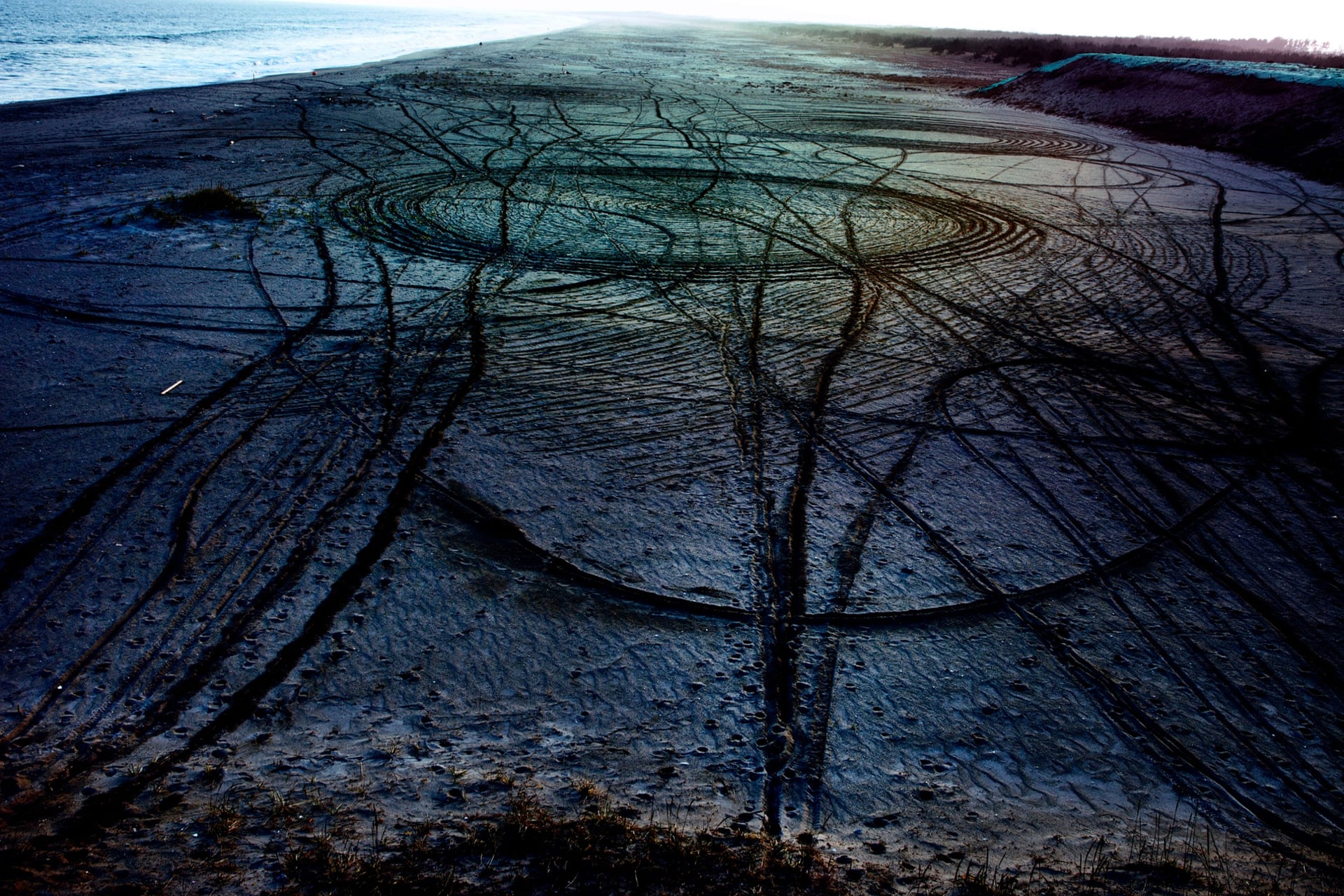
From the series Rasen Kaigan (Spiral Shore): photo by Shiga Lieko via The Guardian, 30 March 2015
And he woke, and he heard,
and he saw the throat and dark eyes of the goddess.
Homeric Hymn V: excerpt (lines 155-184), translated by John P. Niles, in Arion volume 8 number 3, Autumn 1969

Untitled, from the series Tokyo After Dark: photo by Cesar Ordoñez via The Guardian, 30 March 2015

Onahama, Iwaki City, Fukushima Prefecture, from the series Mirrors in Our Nights: photo by Takashi Arai via The Guardian, 30 March 2015
ὣς εἰπὼν λάβε χεῖρα: φιλομμειδὴς δ' Ἀφροδίτη
ἕρπε μεταστρεφθεῖσα κατ' ὄμματα καλὰ βαλοῦσα
ἐς λέχος εὔστρωτον, ὅθι περ πάρος ἔσκεν ἄνακτι
χλαίνῃσιν μαλακῇς ἐστρωμένον: αὐτὰρ ὕπερθεν
ἄρκτων δέρματ' ἔκειτο βαρυφθόγγων τε λεόντων,
τοὺς αὐτὸς κατέπεφνεν ἐν οὔρεσιν ὑψηλοῖσιν.
οἳ δ' ἐπεὶ οὖν λεχέων εὐποιήτων ἐπέβησαν,
κόσμον μέν οἱ πρῶτον ἀπὸ χροὸς εἷλε φαεινόν,
πόρπας τε γναμπτάς θ' ἕλικας κάλυκάς τε καὶ ὅρμους.
λῦσε δέ οἱ ζώνην ἰδὲ εἵματα σιγαλόεντα
ἔκδυε καὶ κατέθηκεν ἐπὶ θρόνου ἀργυροήλου
Ἀγχίσης: ὃ δ' ἔπειτα θεῶν ἰότητι καὶ αἴσῃ
ἀθανάτῃ παρέλεκτο θεᾷ βροτός, οὐ σάφα εἰδώς.
ἦμος δ' ἂψ εἰς αὖλιν ἀποκλίνουσι νομῆες
βοῦς τε καὶ ἴφια μῆλα νομῶν ἐξ ἀνθεμοέντων:
τῆμος ἄρ' Ἀγχίσῃ μὲν ἐπὶ γλυκὺν ὕπνον ἔχευε
νήδυμον, αὐτὴ δὲ χροὶ̈ ἕννυτο εἵματα καλά.
ἑσσαμένη δ' εὖ πάντα περὶ χροὶ̈ δῖα θεάων
ἔστη πὰρ κλισίῃ, κεὐποιήτοιο μελάθρου
κῦρε κάρη: κάλλος δὲ παρειάων ἀπέλαμπεν
ἄμβροτον, οἷόν τ' ἐστὶν ἐυστεφάνου Κυθερείης,
ἐξ ὕπνου τ' ἀνέγειρεν ἔπος τ' ἔφατ' ἔκ τ' ὀνόμαζεν:
ὄρσεο, Δαρδανίδη: τί νυ νήγρετον ὕπνον ἰαύεις;
καὶ φράσαι, εἴ τοι ὁμοίη ἐγὼν ἰνδάλλομαι εἶναι,
οἵην δή με τὸ πρῶτον ἐν ὀφθαλμοῖσι νόησας;
ὣς φάθ': ὃ δ' ἐξ ὕπνοιο μάλ' ἐμμαπέως ὑπάκουσεν.
ὡς δὲ ἴδεν δειρήν τε καὶ ὄμματα κάλ' Ἀφροδίτης,
τάρβησέν τε καὶ ὄσσε παρακλιδὸν ἔτραπεν ἄλλῃ:
ἂψ δ' αὖτις χλαίνῃ τε καλύψατο καλὰ πρόσωπα
καί μιν λισσόμενος ἔπεα πτερόεντα προσηύδα:

Aphrodite on a swan: tondo from an Attic white-ground kylix, by Pistoxenos Painter, c. 460 BC, found in Tomb F43 in Kameiros (Rhodes): image by Marie-Lan Nguyen, 2007 (British Museum)
ἕρπε μεταστρεφθεῖσα κατ' ὄμματα καλὰ βαλοῦσα
ἐς λέχος εὔστρωτον, ὅθι περ πάρος ἔσκεν ἄνακτι
χλαίνῃσιν μαλακῇς ἐστρωμένον: αὐτὰρ ὕπερθεν
ἄρκτων δέρματ' ἔκειτο βαρυφθόγγων τε λεόντων,
τοὺς αὐτὸς κατέπεφνεν ἐν οὔρεσιν ὑψηλοῖσιν.
οἳ δ' ἐπεὶ οὖν λεχέων εὐποιήτων ἐπέβησαν,
κόσμον μέν οἱ πρῶτον ἀπὸ χροὸς εἷλε φαεινόν,
πόρπας τε γναμπτάς θ' ἕλικας κάλυκάς τε καὶ ὅρμους.
λῦσε δέ οἱ ζώνην ἰδὲ εἵματα σιγαλόεντα
ἔκδυε καὶ κατέθηκεν ἐπὶ θρόνου ἀργυροήλου
Ἀγχίσης: ὃ δ' ἔπειτα θεῶν ἰότητι καὶ αἴσῃ
ἀθανάτῃ παρέλεκτο θεᾷ βροτός, οὐ σάφα εἰδώς.
ἦμος δ' ἂψ εἰς αὖλιν ἀποκλίνουσι νομῆες
βοῦς τε καὶ ἴφια μῆλα νομῶν ἐξ ἀνθεμοέντων:
τῆμος ἄρ' Ἀγχίσῃ μὲν ἐπὶ γλυκὺν ὕπνον ἔχευε
νήδυμον, αὐτὴ δὲ χροὶ̈ ἕννυτο εἵματα καλά.
ἑσσαμένη δ' εὖ πάντα περὶ χροὶ̈ δῖα θεάων
ἔστη πὰρ κλισίῃ, κεὐποιήτοιο μελάθρου
κῦρε κάρη: κάλλος δὲ παρειάων ἀπέλαμπεν
ἄμβροτον, οἷόν τ' ἐστὶν ἐυστεφάνου Κυθερείης,
ἐξ ὕπνου τ' ἀνέγειρεν ἔπος τ' ἔφατ' ἔκ τ' ὀνόμαζεν:
ὄρσεο, Δαρδανίδη: τί νυ νήγρετον ὕπνον ἰαύεις;
καὶ φράσαι, εἴ τοι ὁμοίη ἐγὼν ἰνδάλλομαι εἶναι,
οἵην δή με τὸ πρῶτον ἐν ὀφθαλμοῖσι νόησας;
ὣς φάθ': ὃ δ' ἐξ ὕπνοιο μάλ' ἐμμαπέως ὑπάκουσεν.
ὡς δὲ ἴδεν δειρήν τε καὶ ὄμματα κάλ' Ἀφροδίτης,
τάρβησέν τε καὶ ὄσσε παρακλιδὸν ἔτραπεν ἄλλῃ:
ἂψ δ' αὖτις χλαίνῃ τε καλύψατο καλὰ πρόσωπα
καί μιν λισσόμενος ἔπεα πτερόεντα προσηύδα:
Homeric Hymn V: excerpt (lines 155-184), Greek text (c. 6th-7th c. BC) edited by Hugh G. Evelyn-White, in Hesiod, Homeric Hymns, Epic Cycle, Homerica, Loeb Classical Library Volume 57, 1914

Aphrodite on a swan: tondo from an Attic white-ground kylix, by Pistoxenos Painter, c. 460 BC, found in Tomb F43 in Kameiros (Rhodes): image by Marie-Lan Nguyen, 2007 (British Museum)
So speaking, he caught her by the hand. And laughter-loving Aphrodite,
with face turned away and lovely eyes downcast, crept to the well-spread
couch which was already laid with soft coverings for the hero; and upon
it lay skins of bears and deep-roaring lions which he himself had slain
in the high mountains. And when they had gone up upon the well-fitted
bed, first Anchises took off her bright jewelry of pins and twisted
brooches and earrings and necklaces, and loosed her girdle and stripped
off her bright garments and laid them down upon a silver-studded seat.
Then by the will of the gods and destiny he lay with her, a mortal man
with an immortal goddess, not clearly knowing what he did.
But
at the time when the herdsmen drive their oxen and hardy sheep back to
the fold from the flowery pastures, even then Aphrodite poured soft
sleep upon Anchises, but herself put on her rich raiment. And when the
bright goddess had fully clothed herself, she stood by the couch, and
her head reached to the well-hewn roof-tree; from her cheeks shone
unearthly beauty such as belongs to rich-crowned Cytherea. Then she
aroused him from sleep and opened her mouth and said:
'Up,
son of Dardanus! -- why sleep you so heavily? -- and consider whether I
look as I did when first you saw me with your eyes.'
So
she spake. And he awoke in a moment and obeyed her. But when he saw the
neck and lovely eyes of Aphrodite, he was afraid and turned his eyes
aside another way, hiding his comely face with his cloak.
Homeric Hymn V: excerpt (lines 155-184), translated by Hugh G. Evelyn-White, in Hesiod, Homeric Hymns, Epic Cycle, Homerica, Loeb Classical Library Volume 57, 1914
Rusting wreck east of the port of Diakofti, Cythera, Greece [in ancient mythology the isle of Kythera, sacred to Aphrodite, "the Kytherian"]: photo by Khayman, 1 June 2008
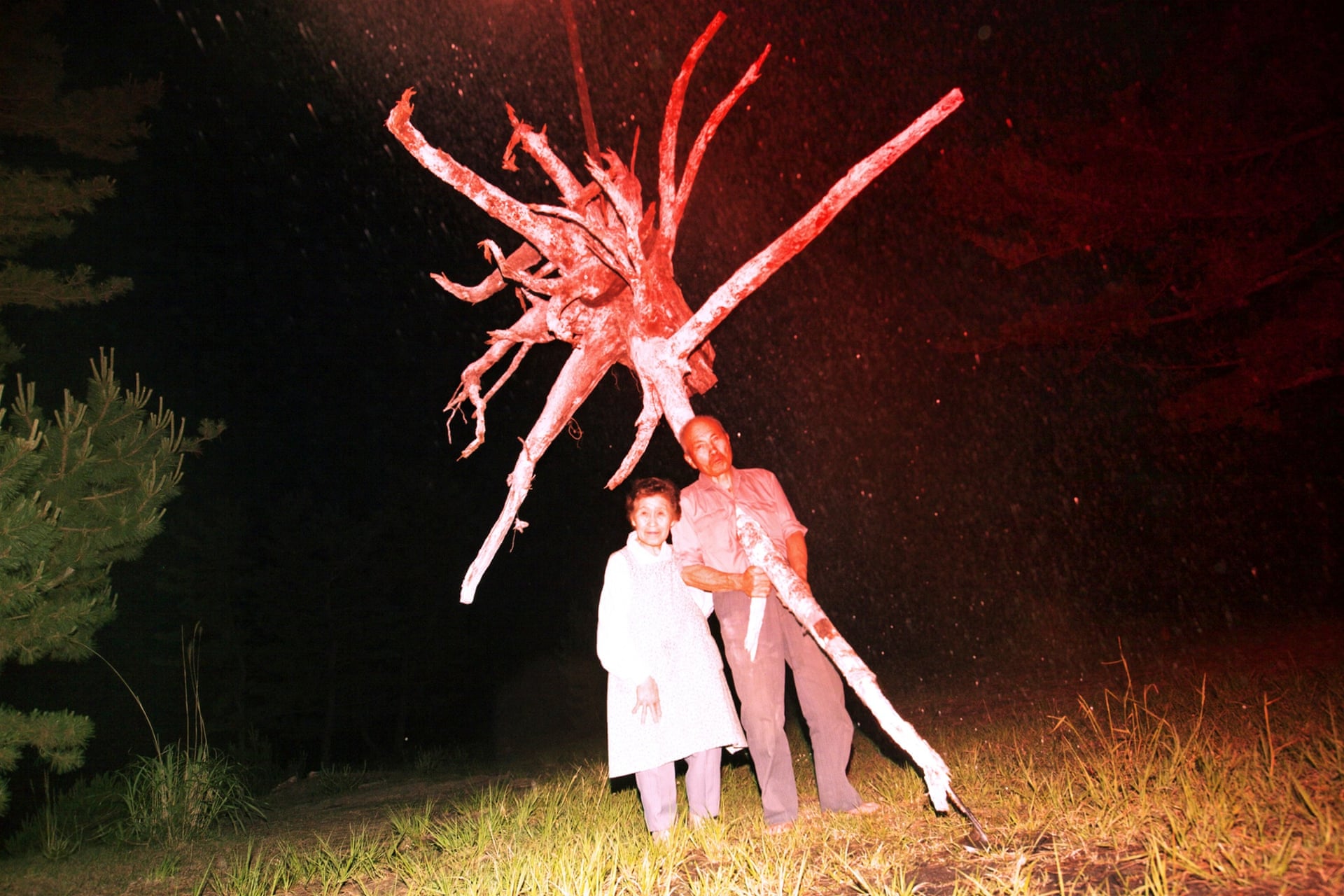
Portrait of Cultivation: photo by Shiiga Lieko via The Guardian, 30 March 2015


